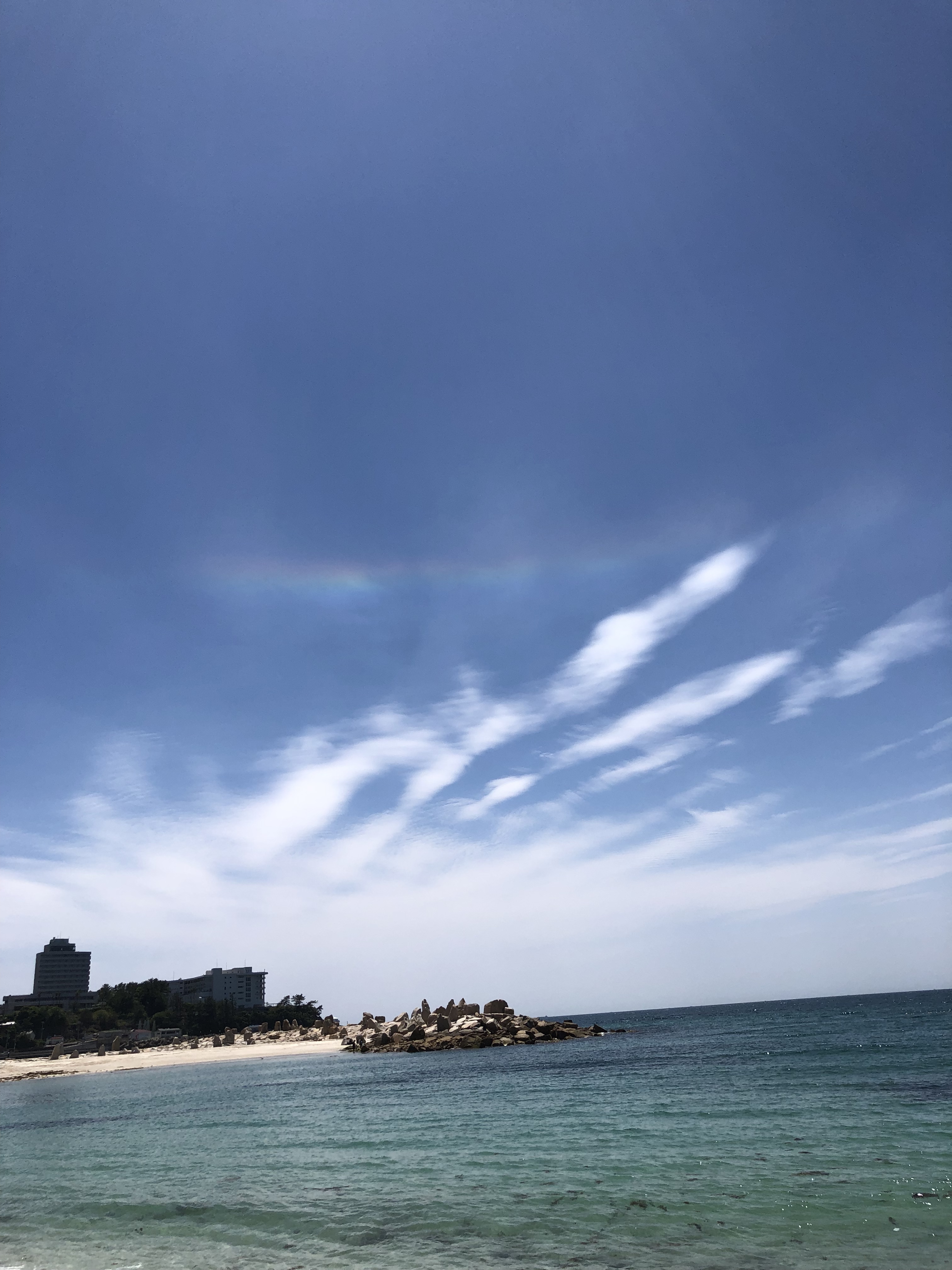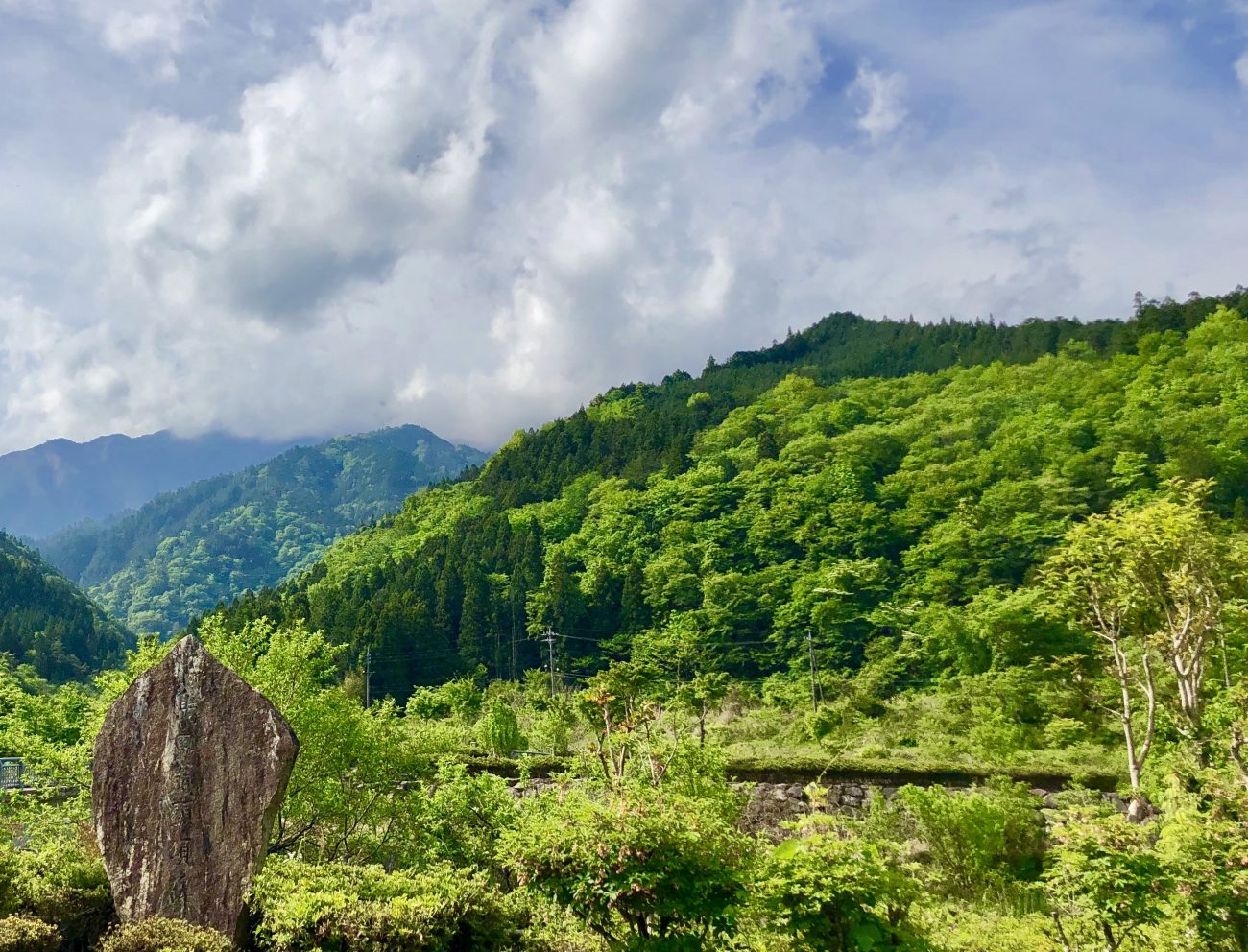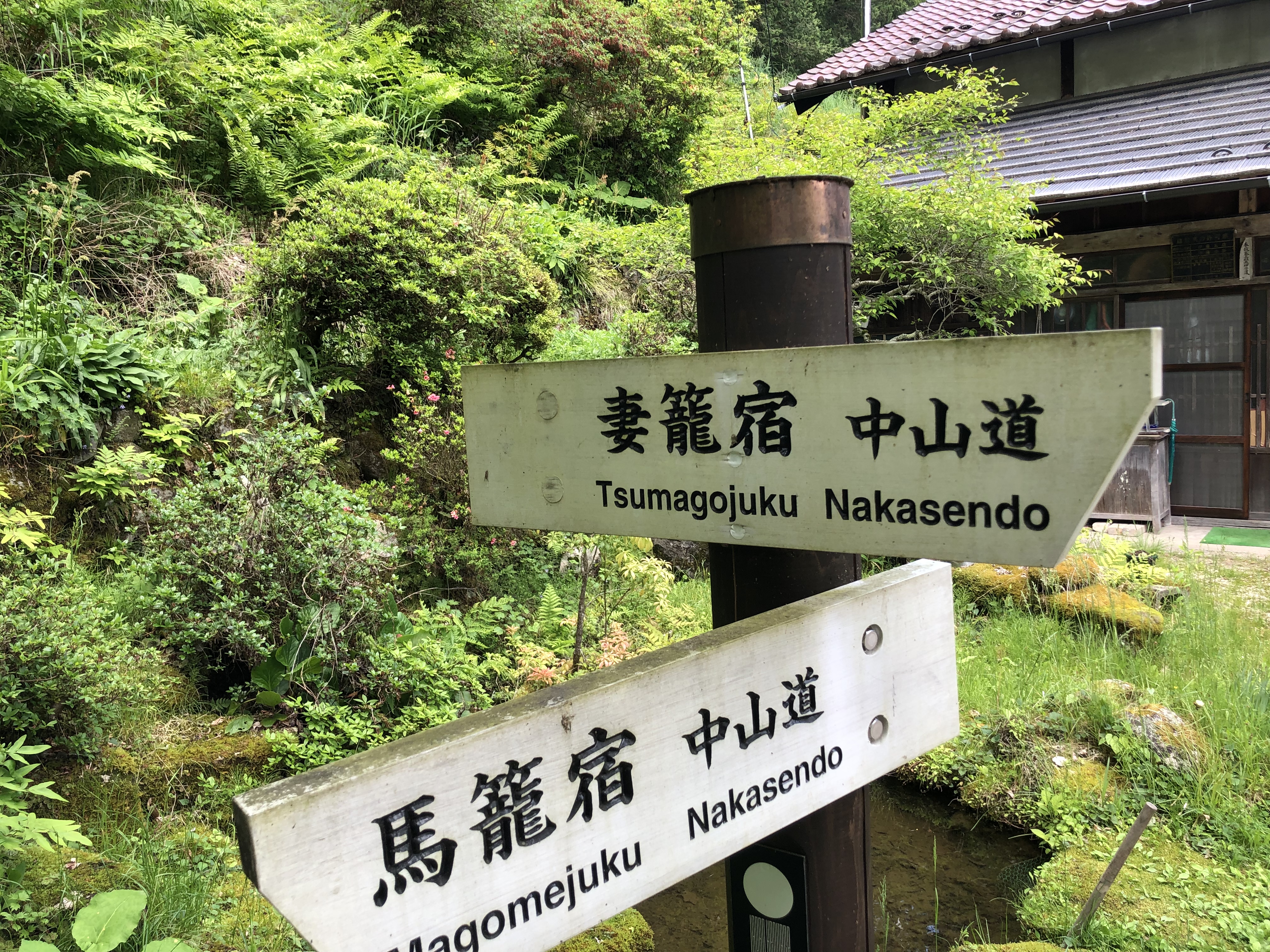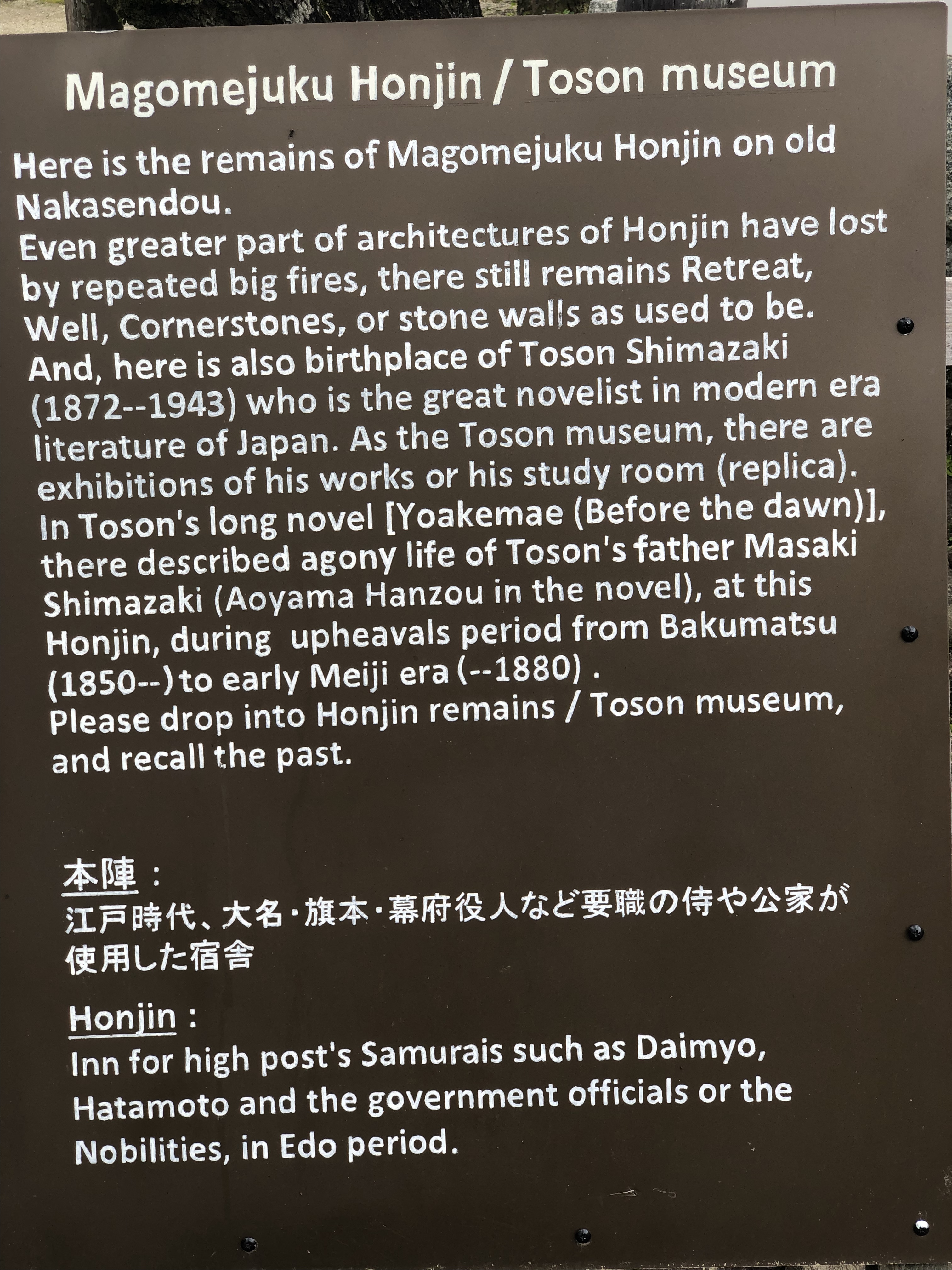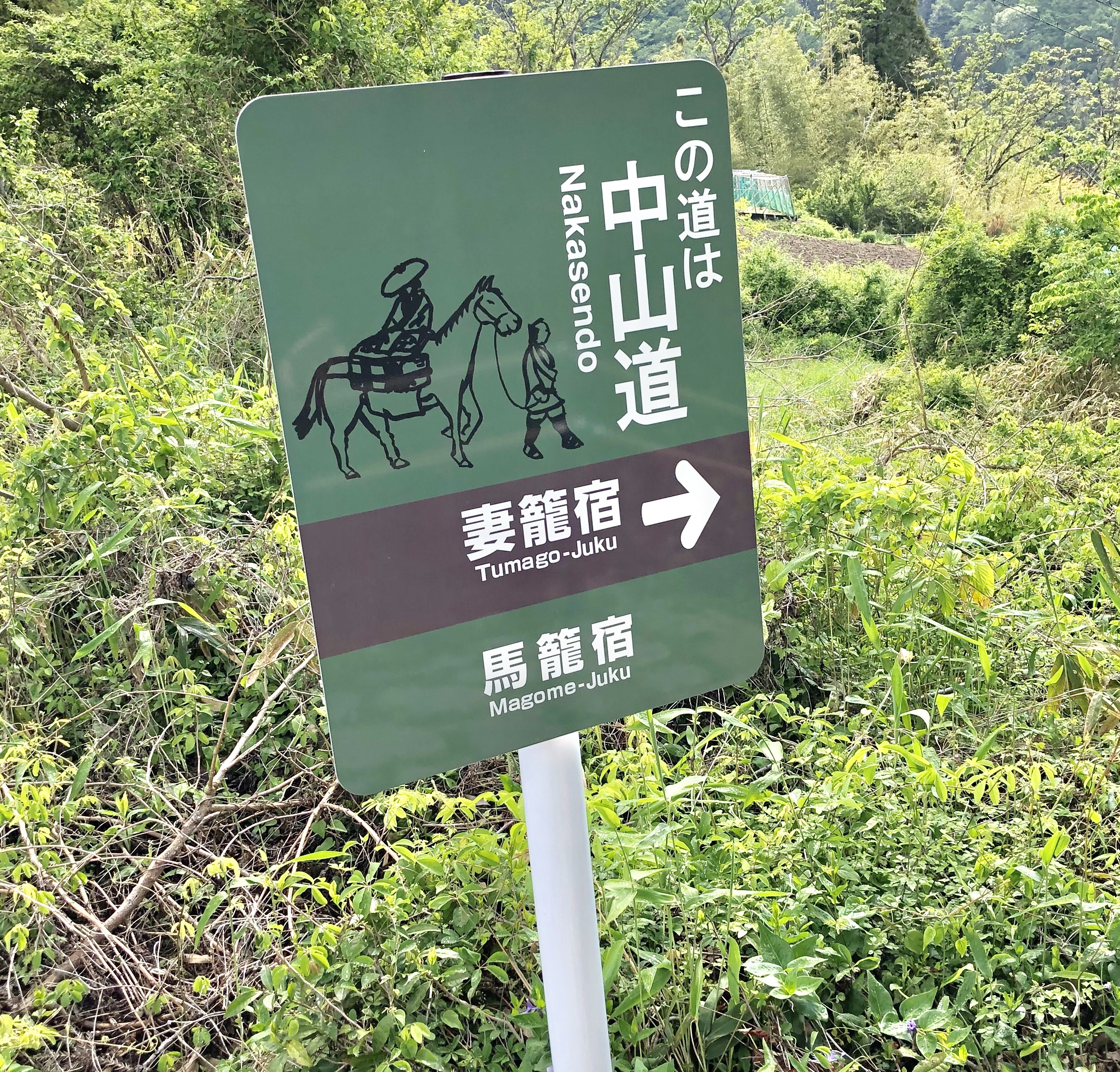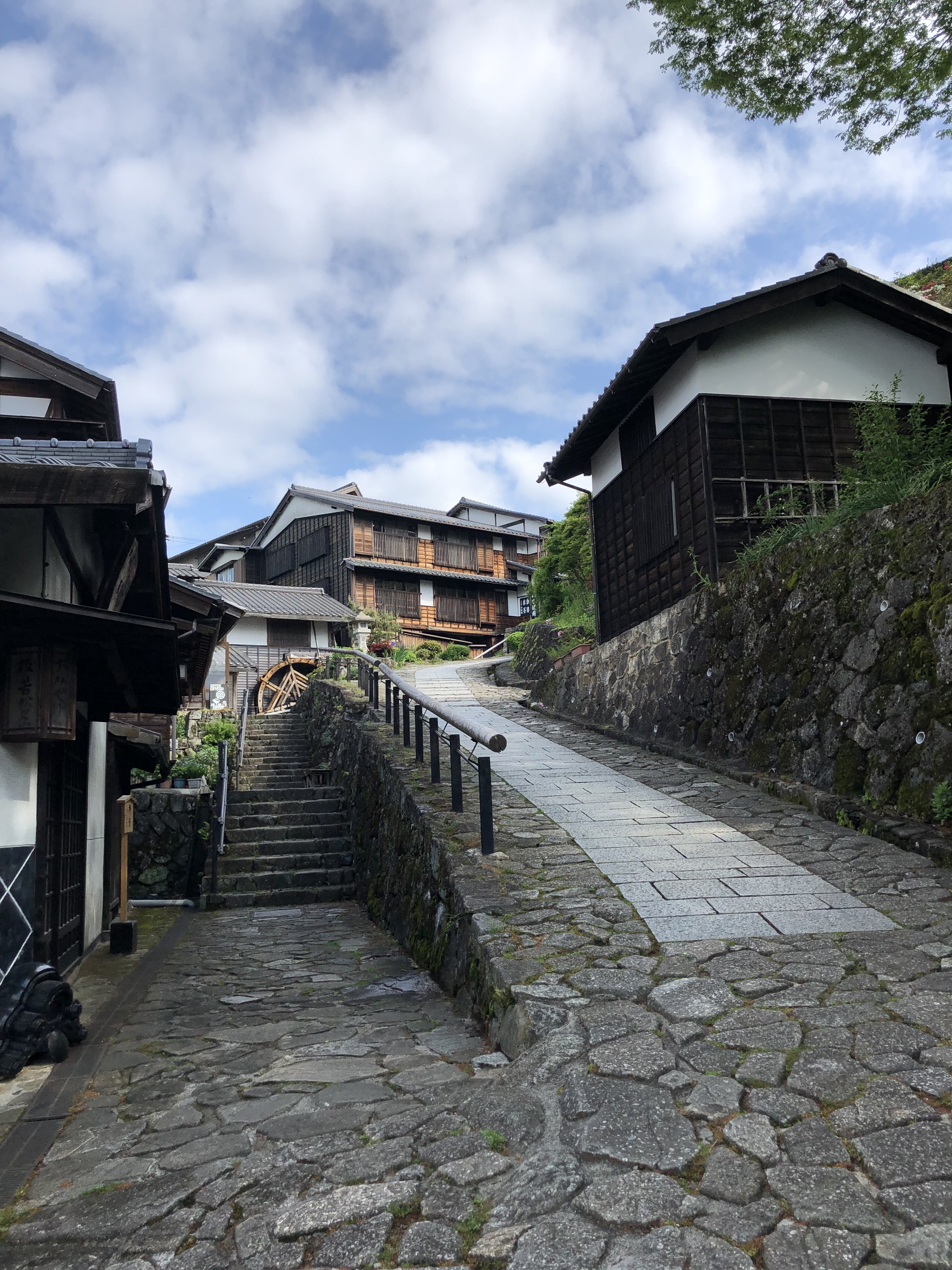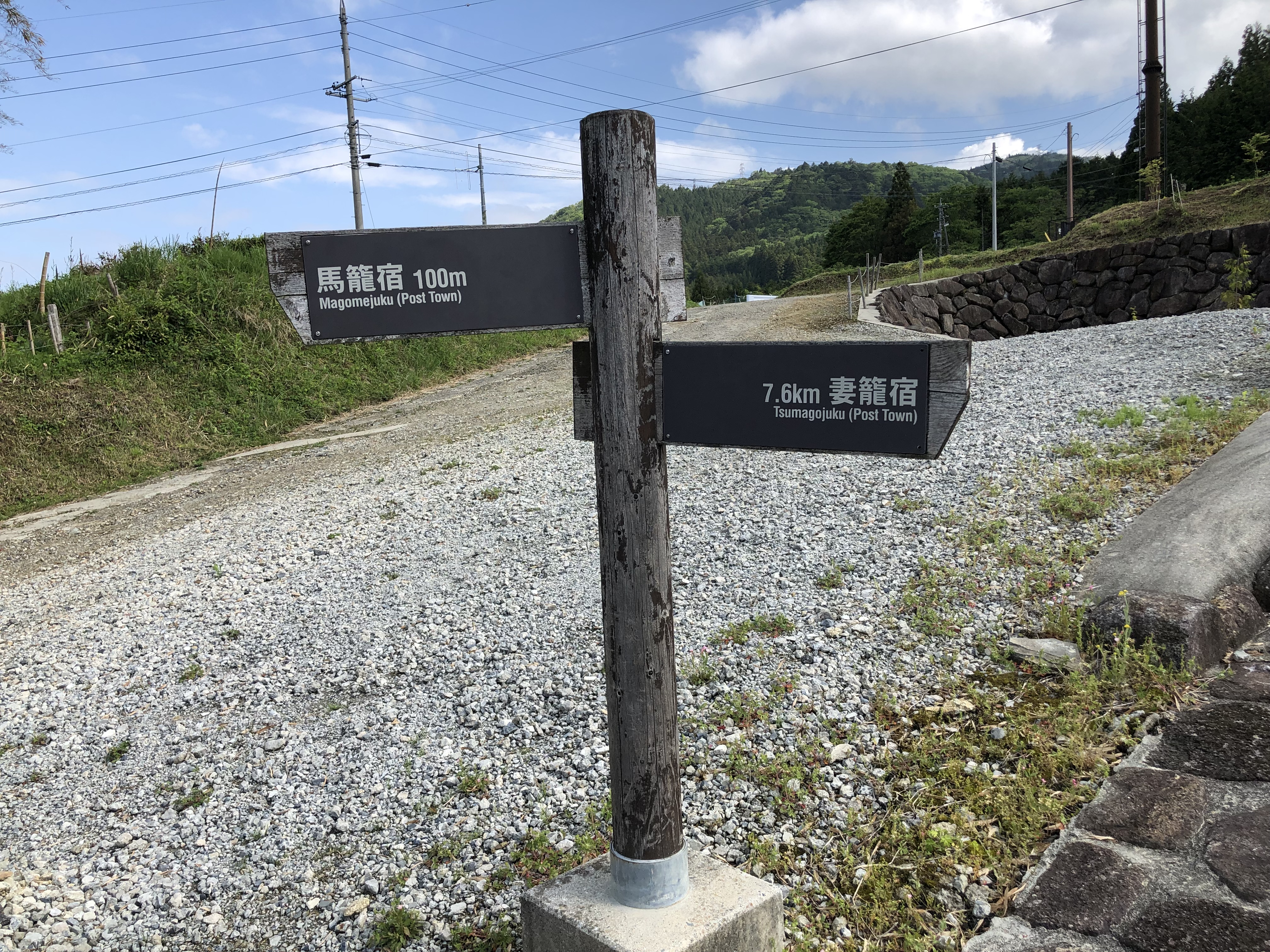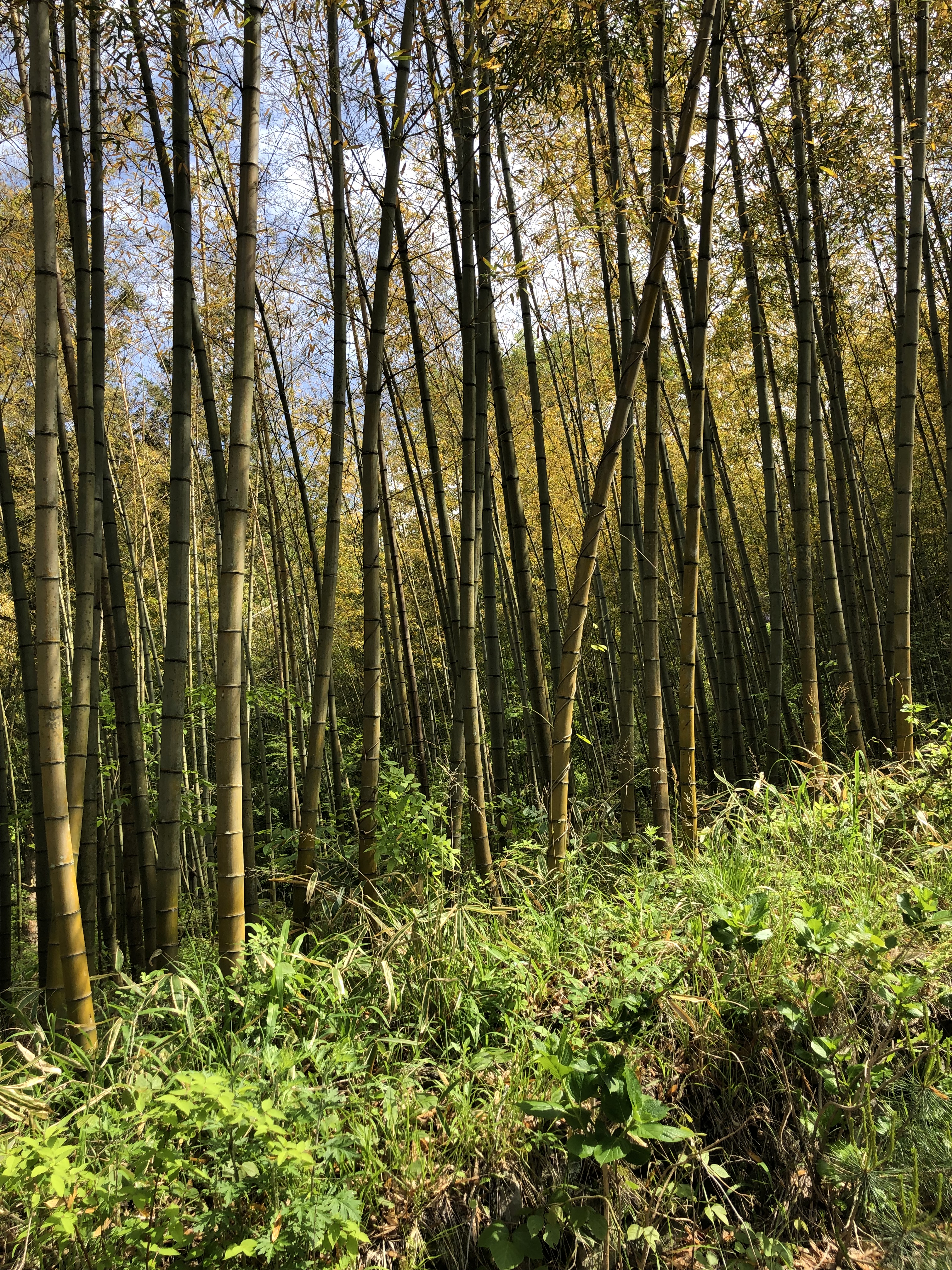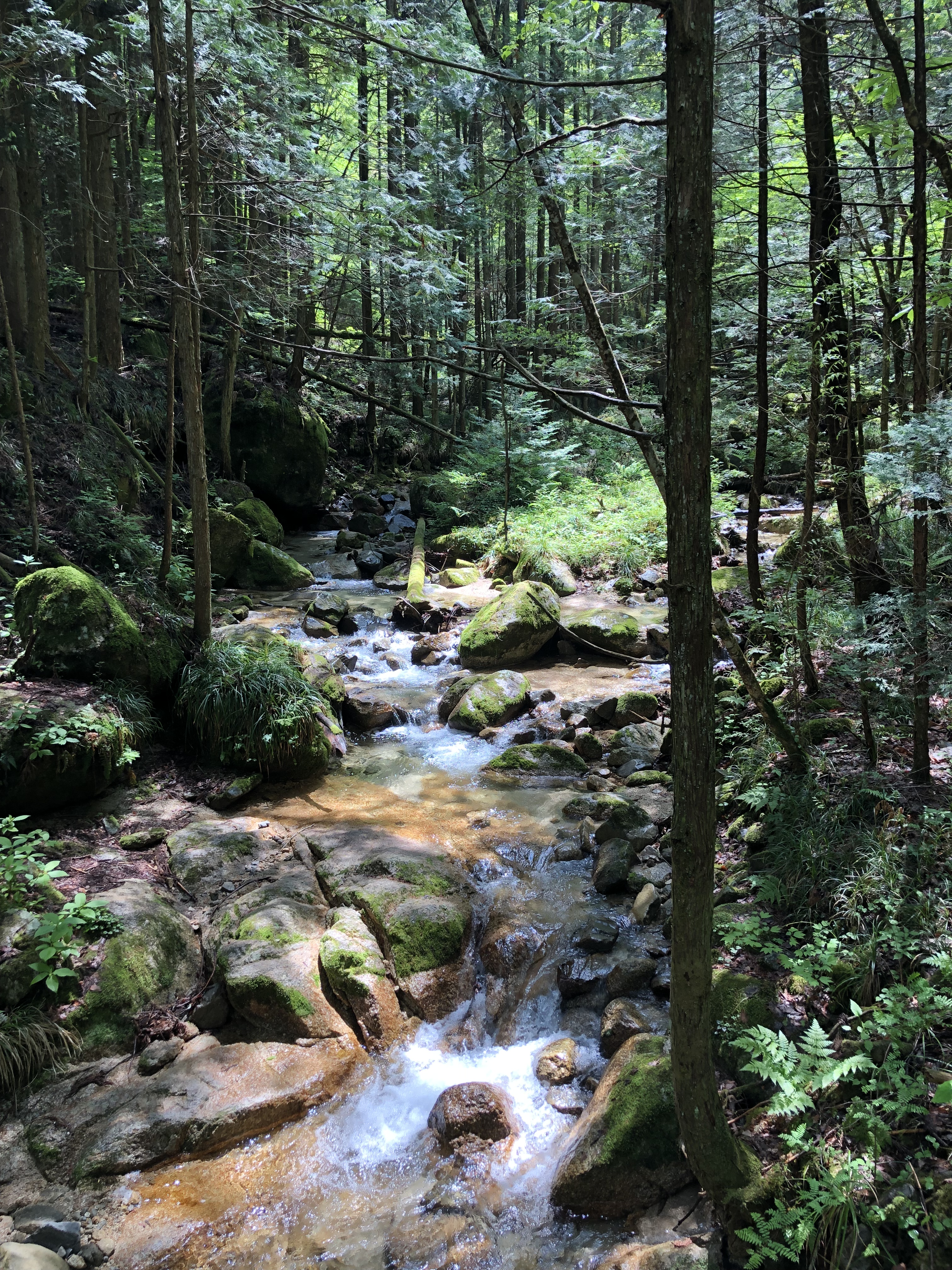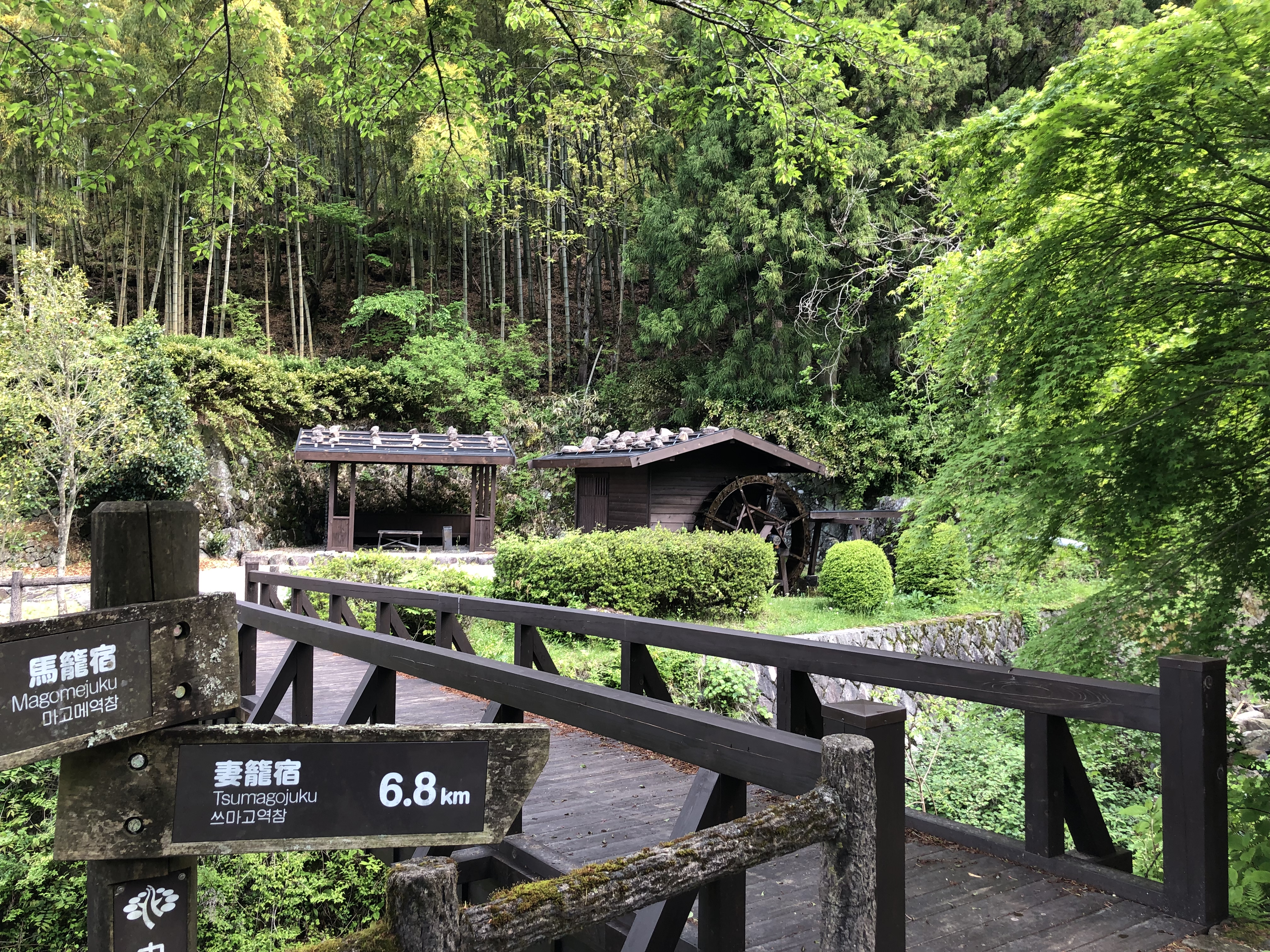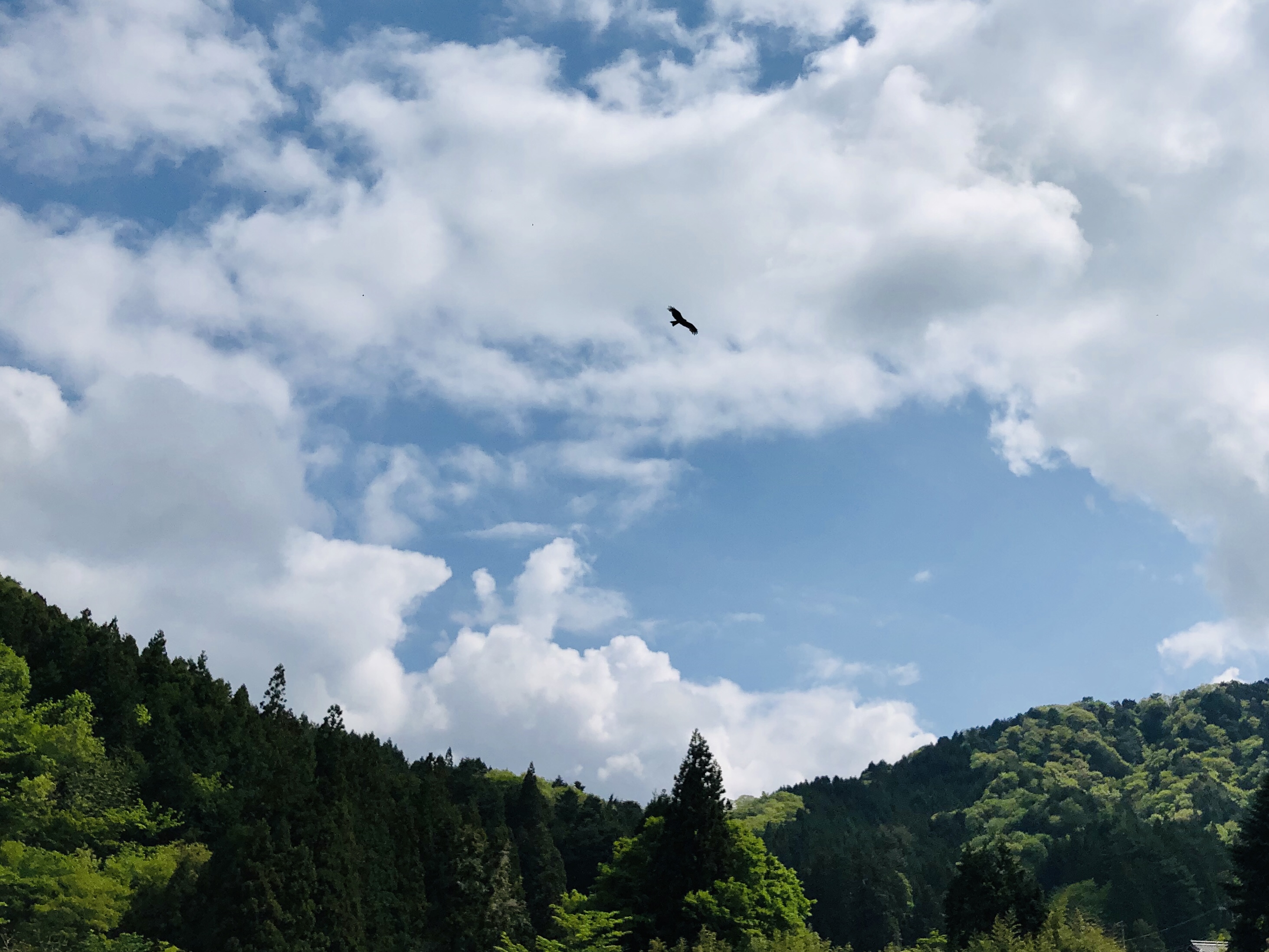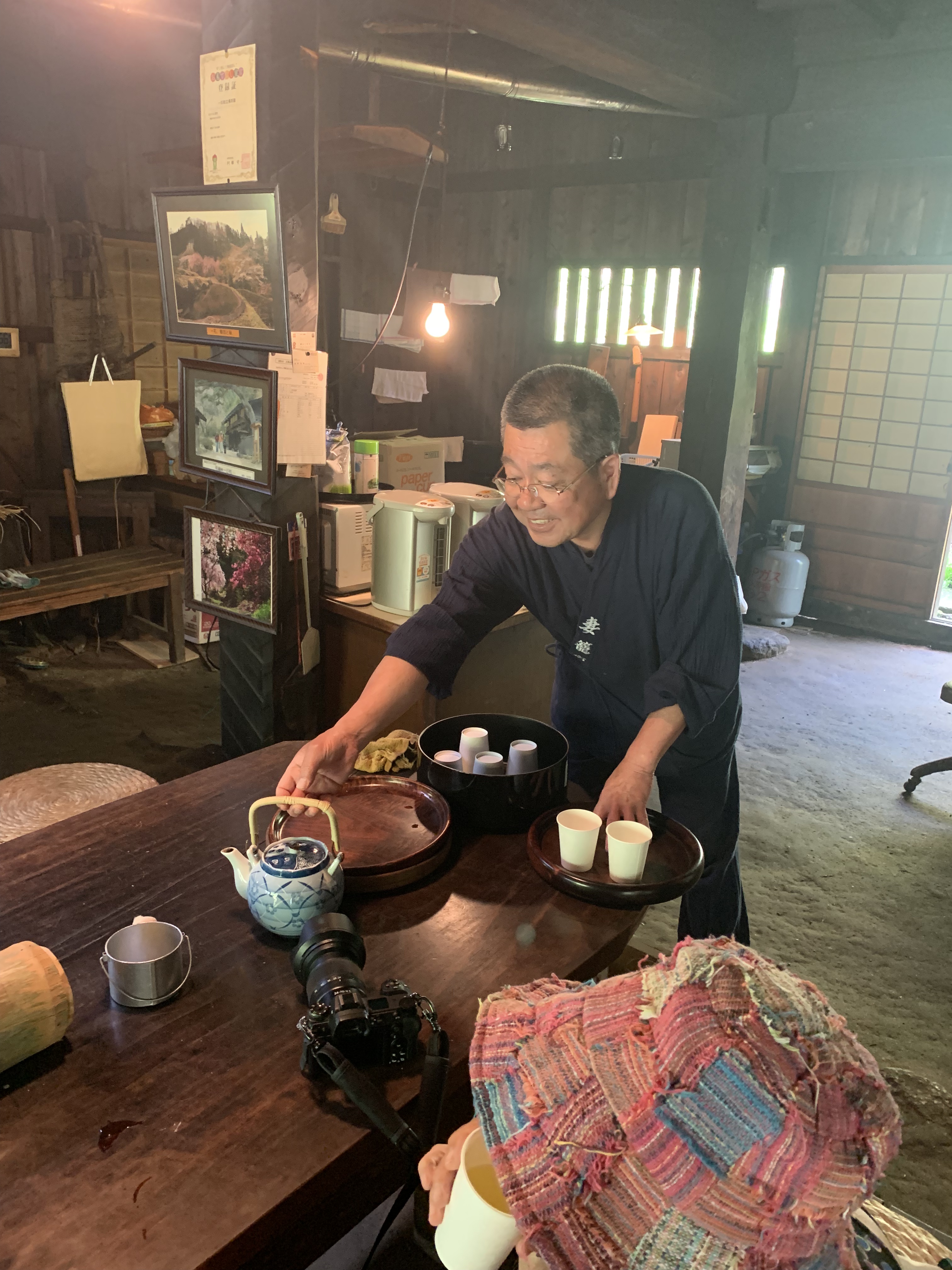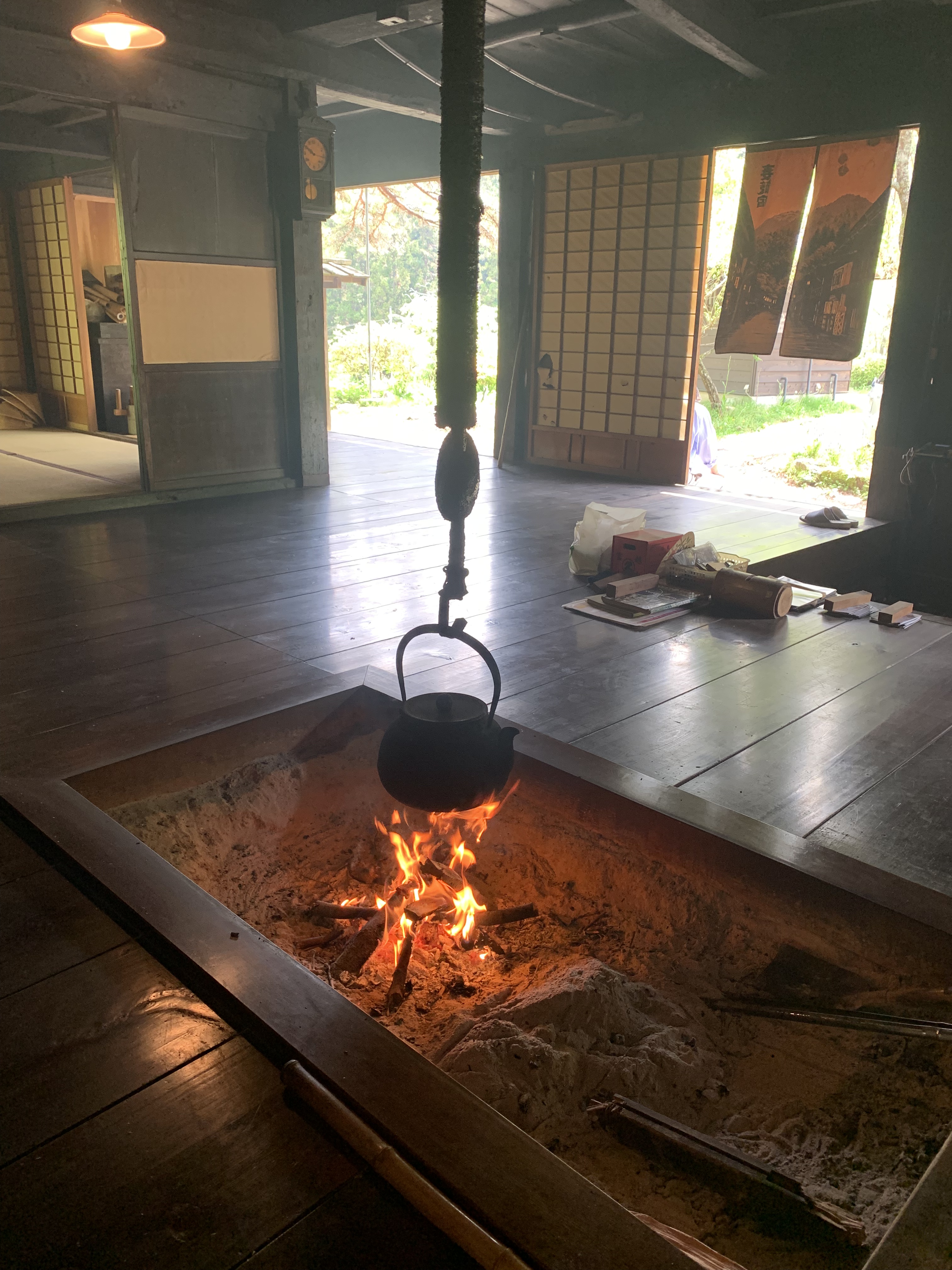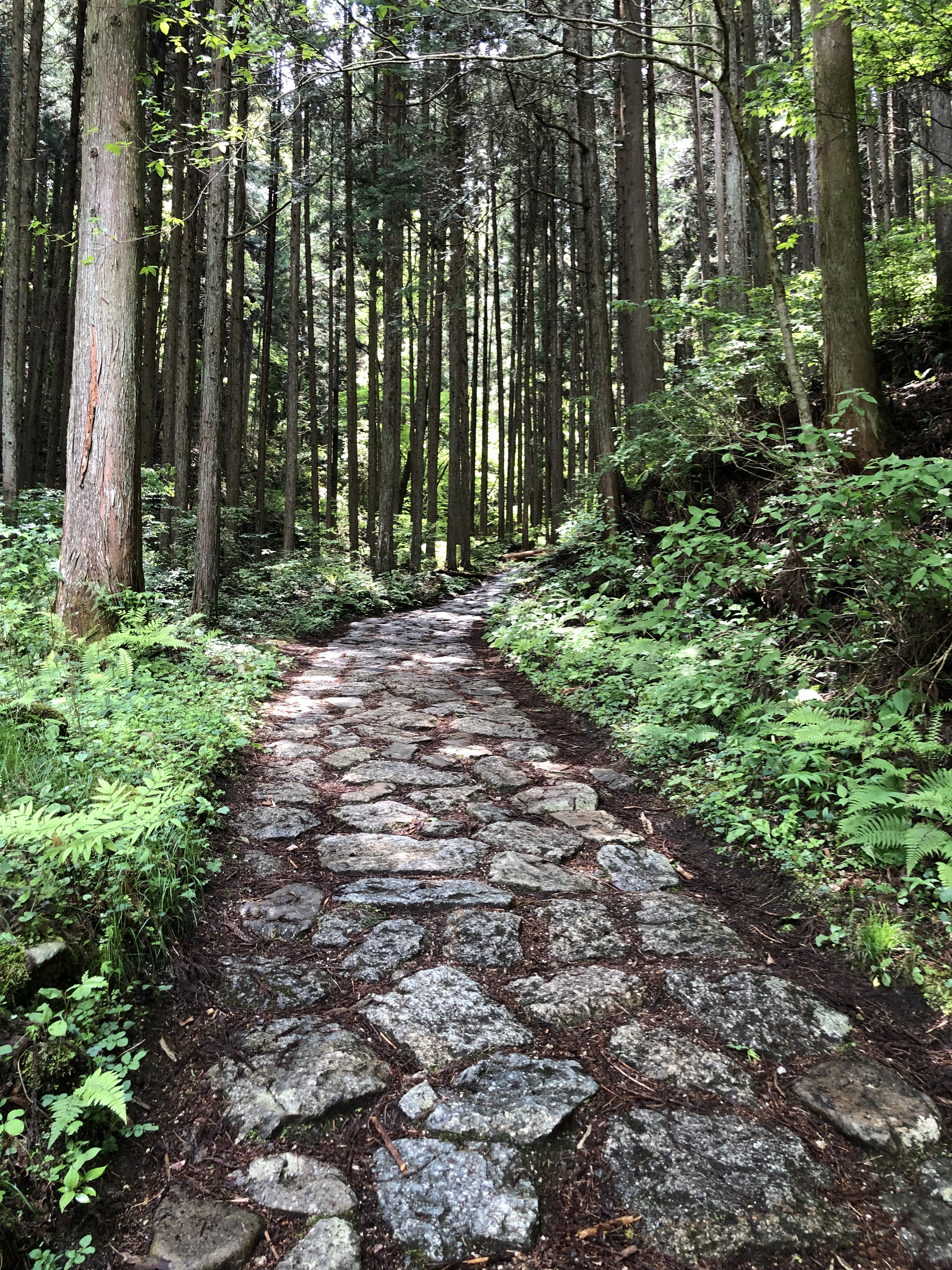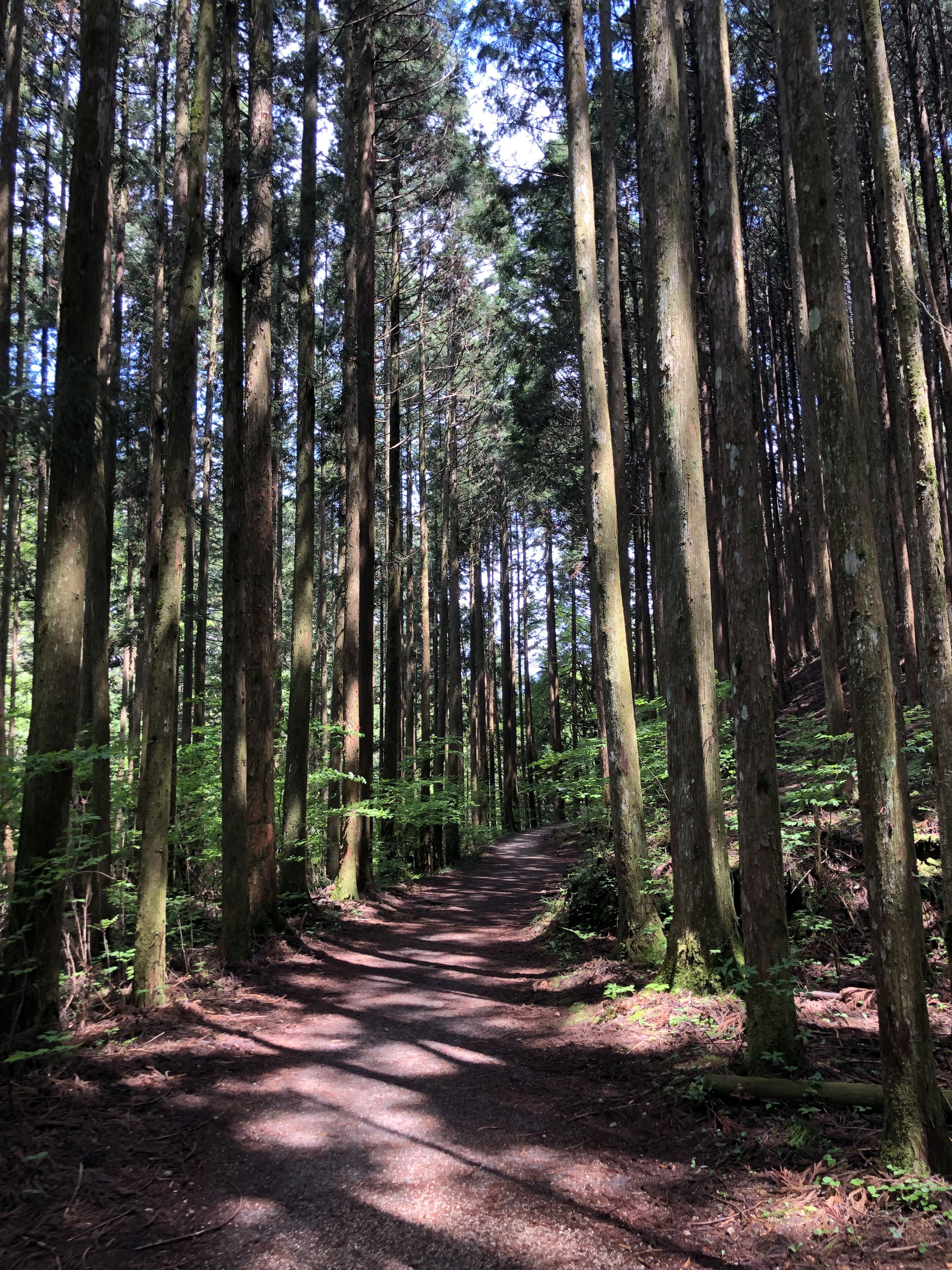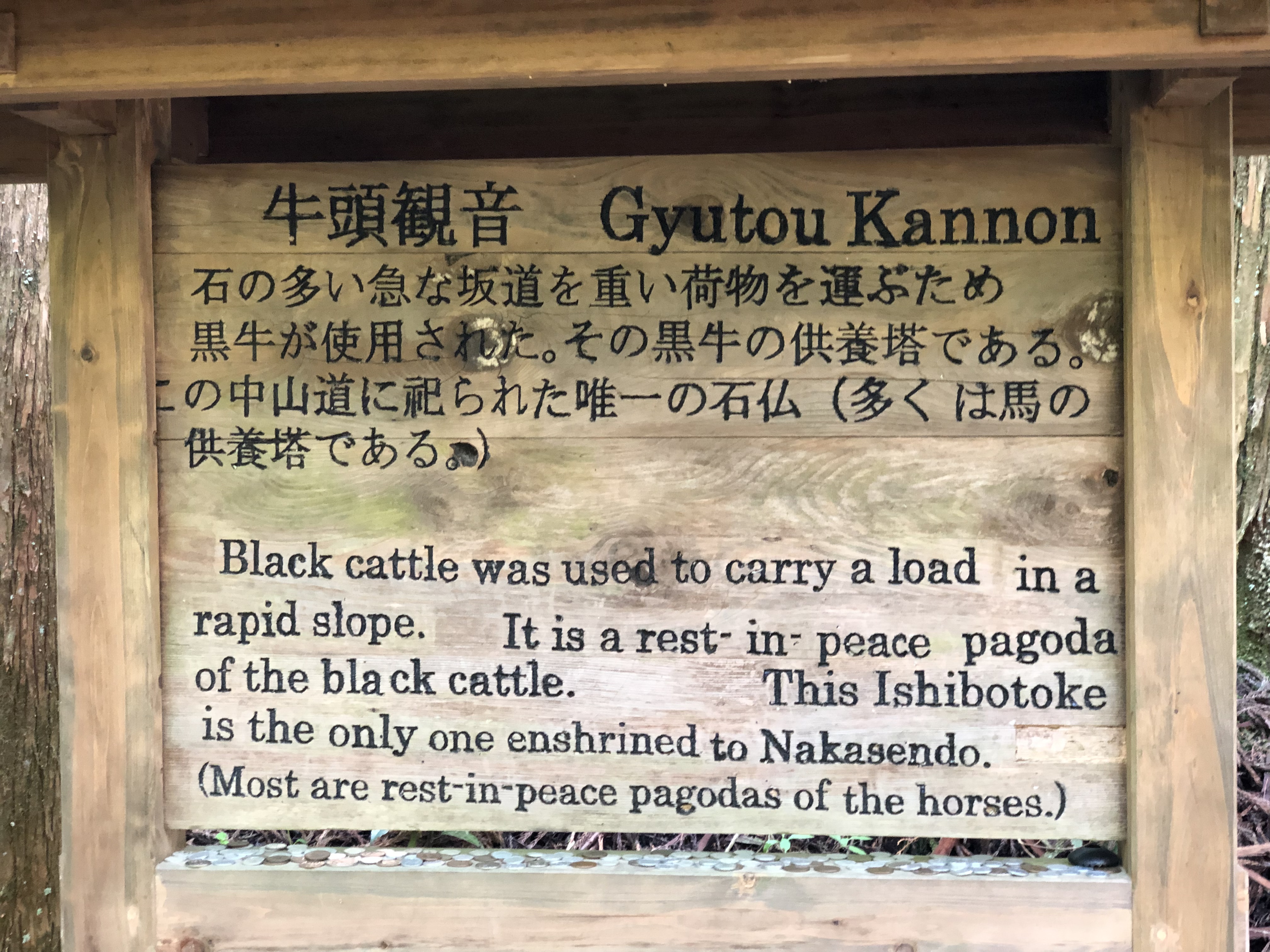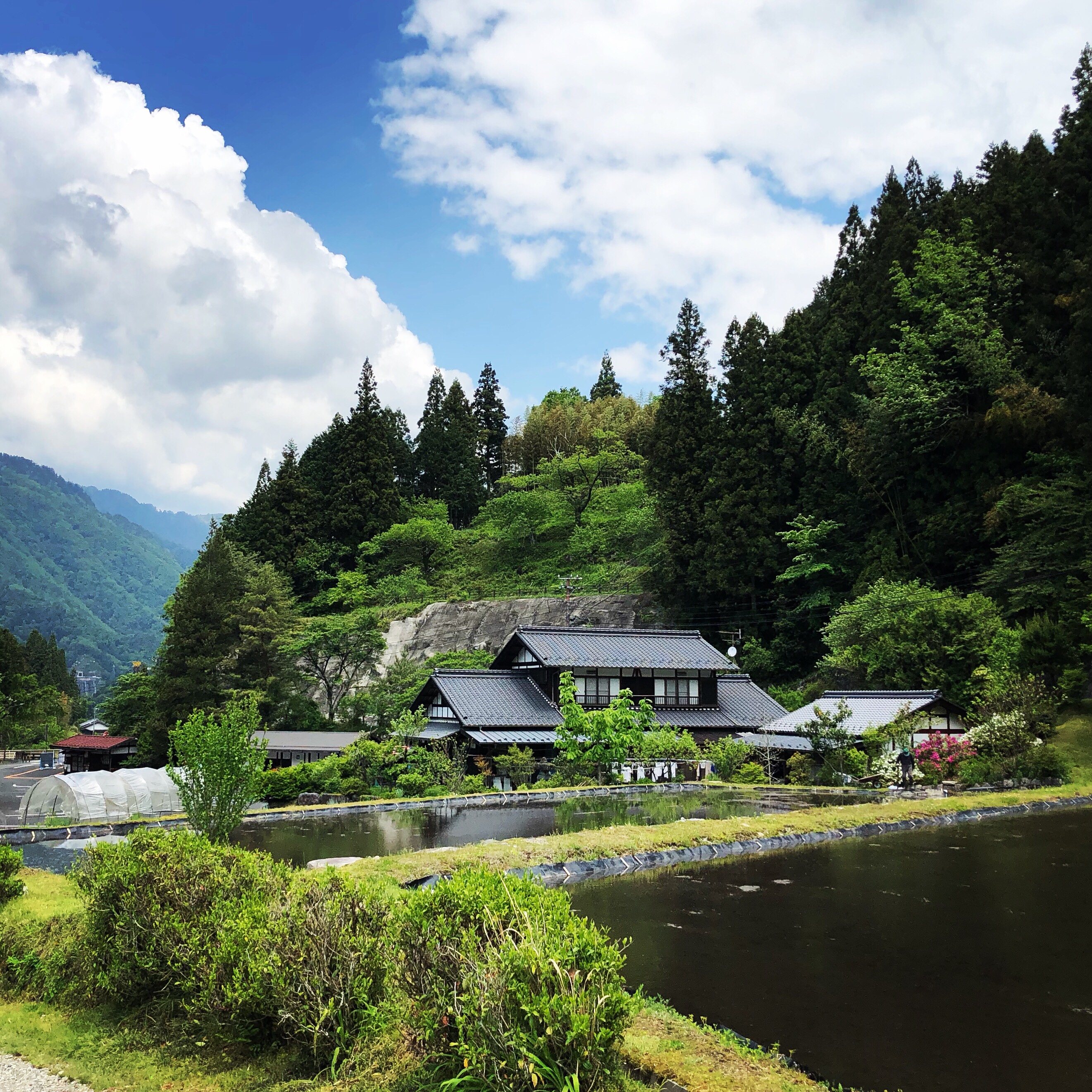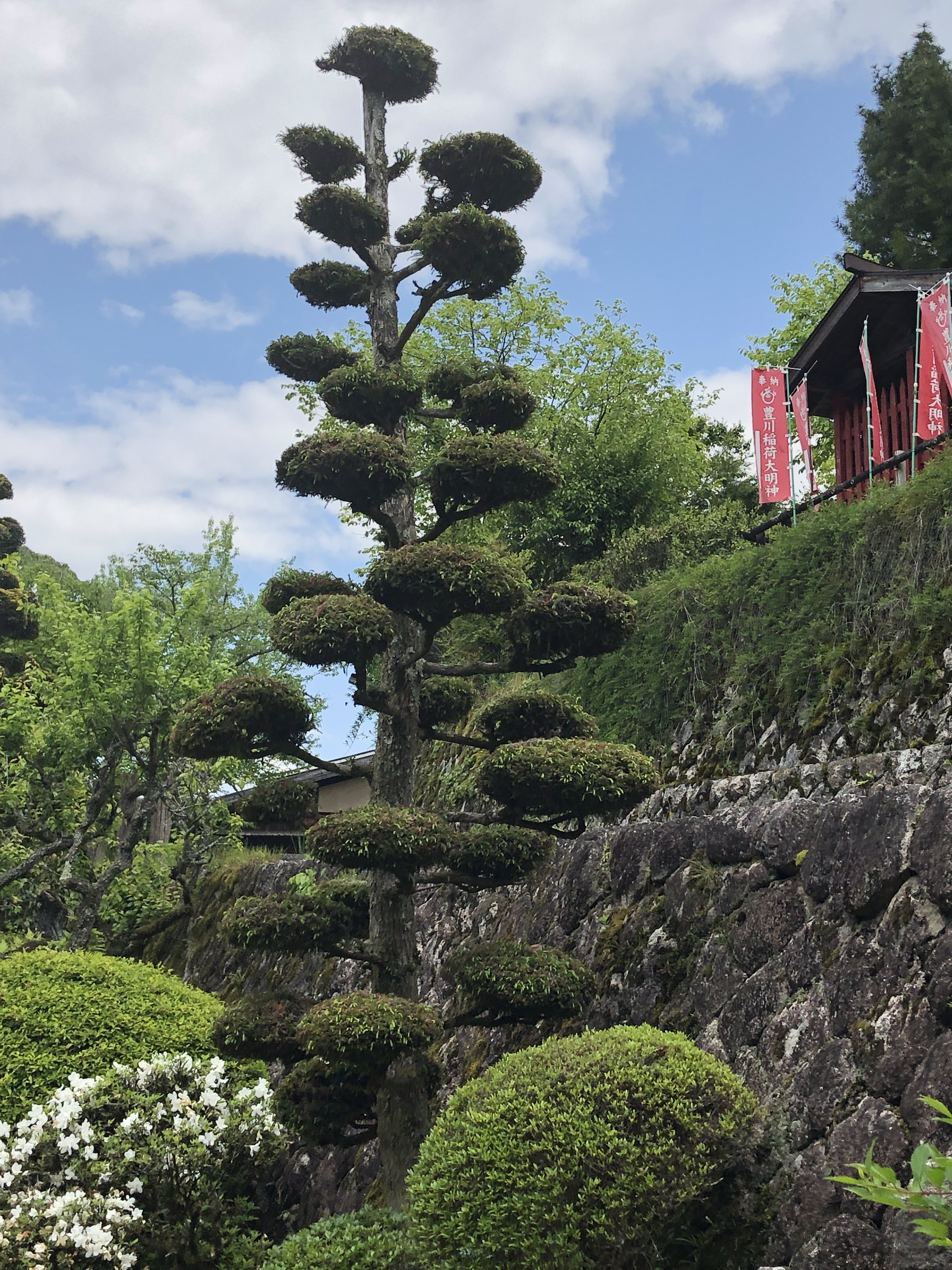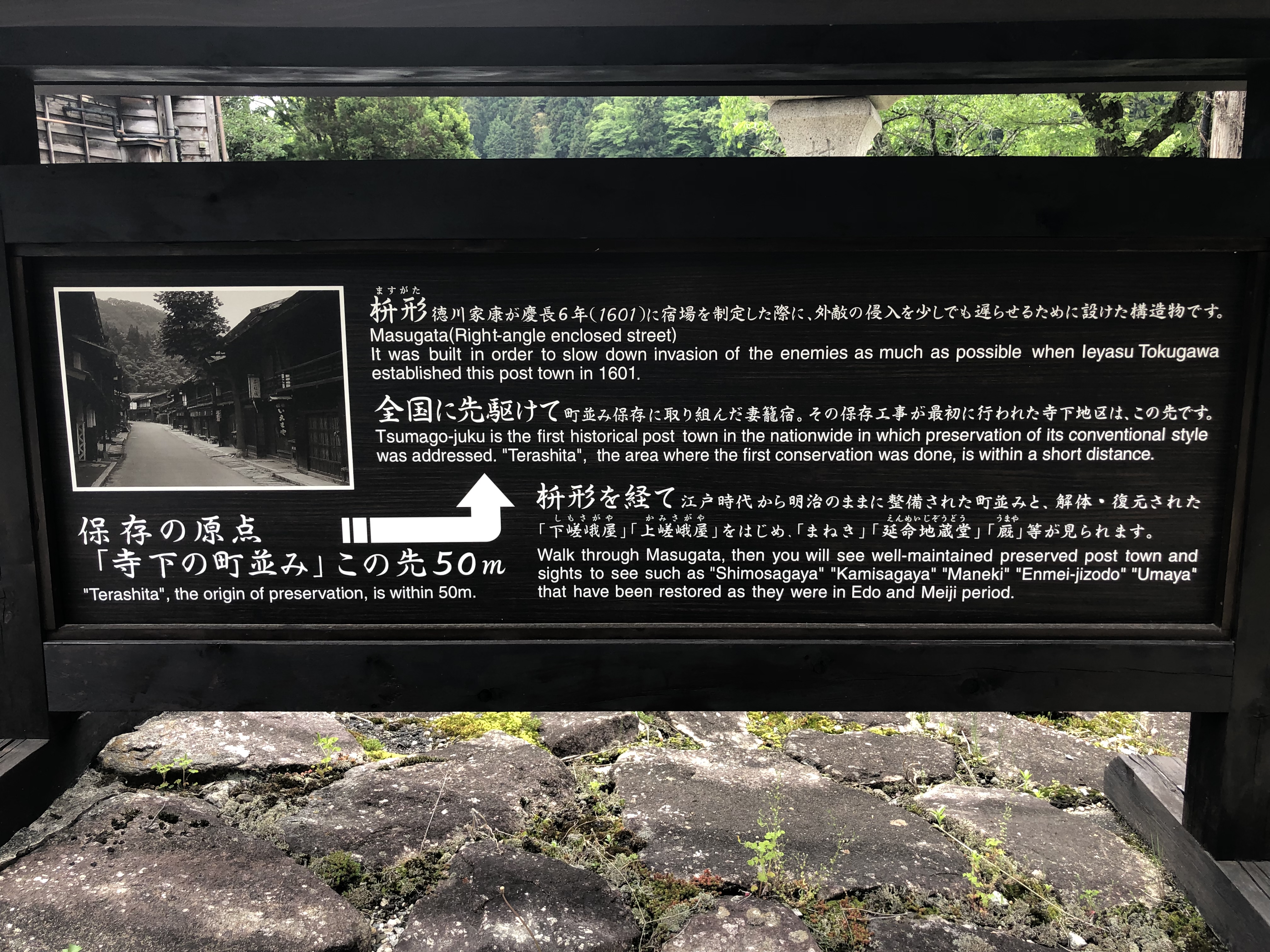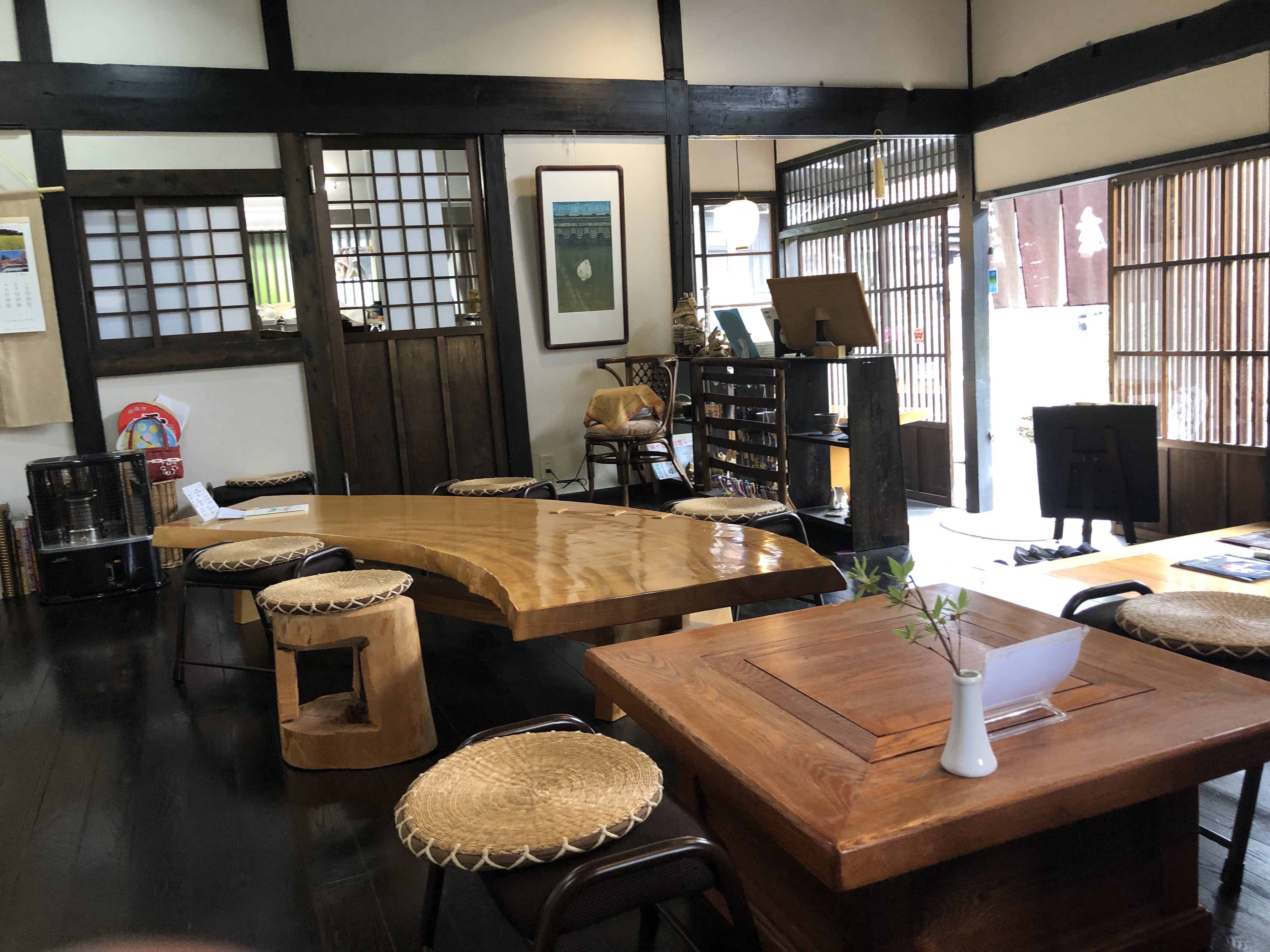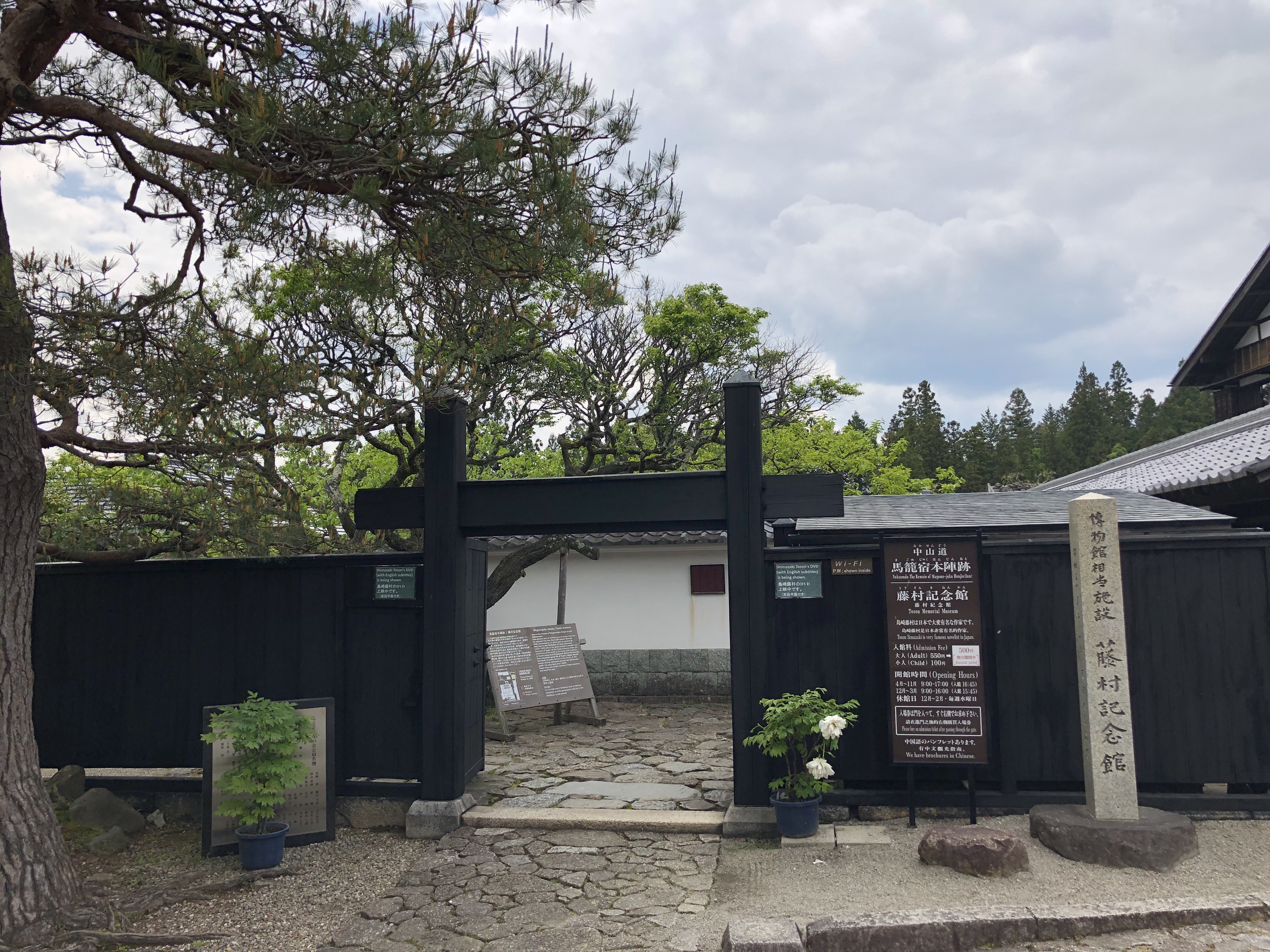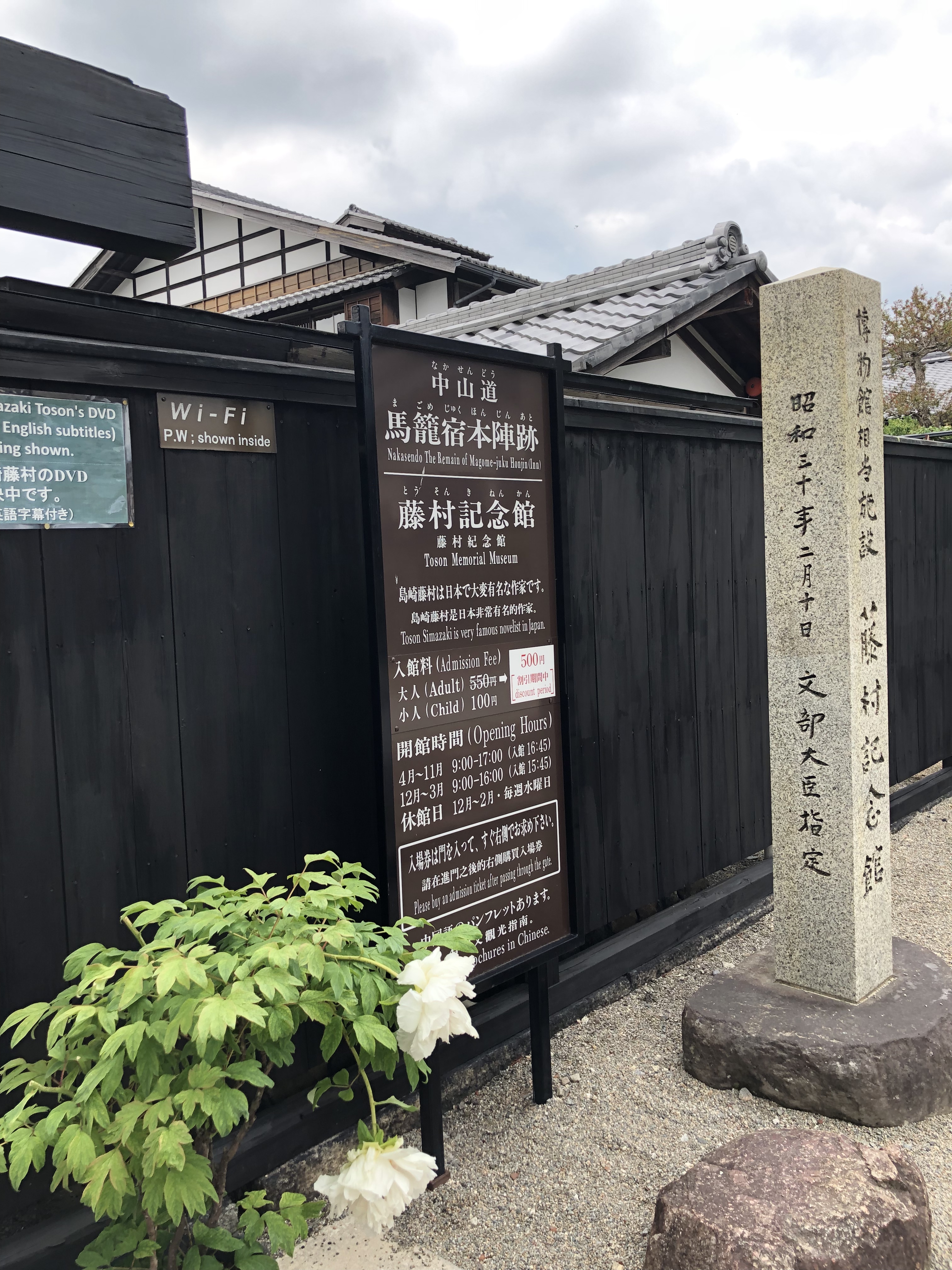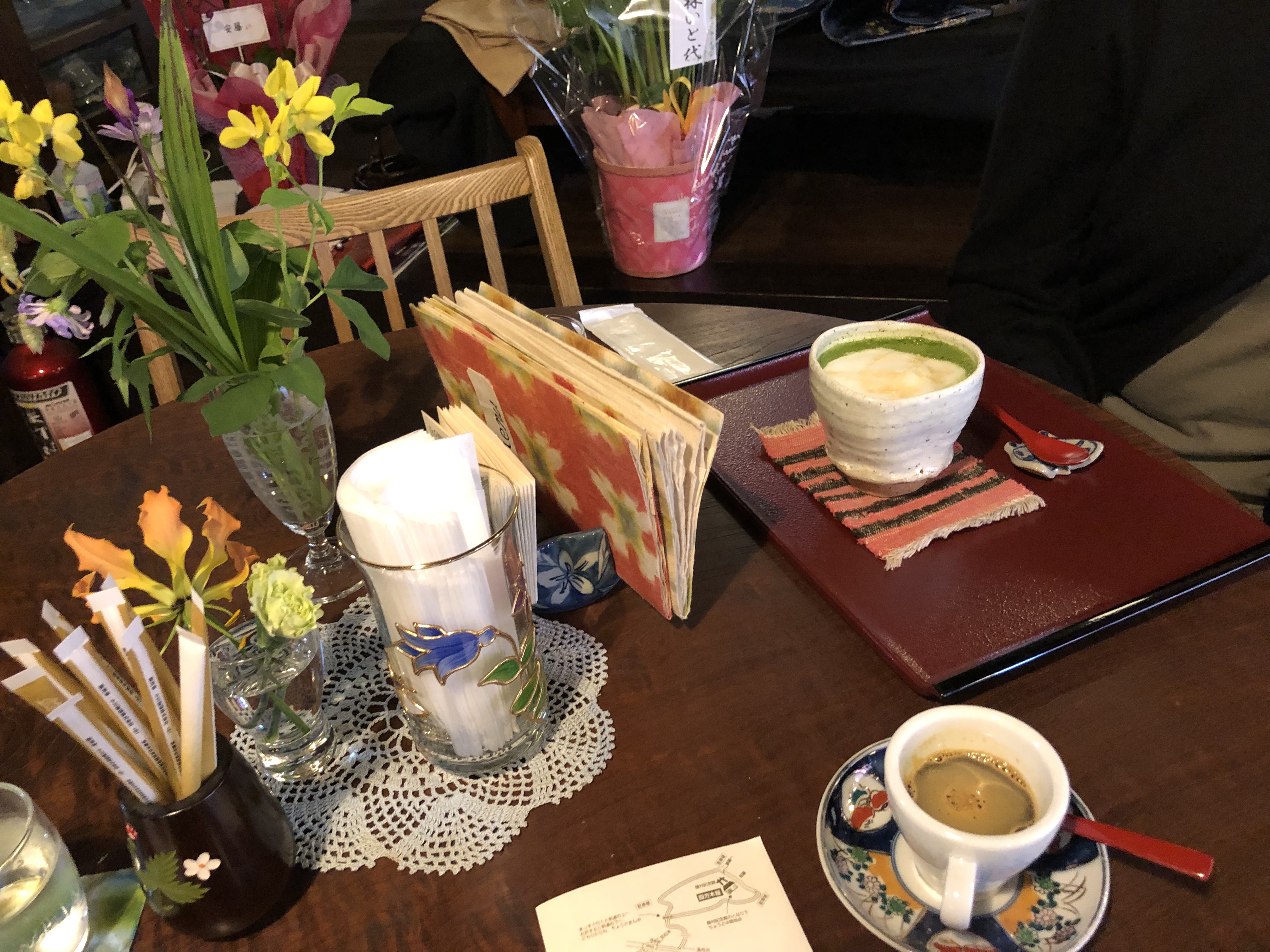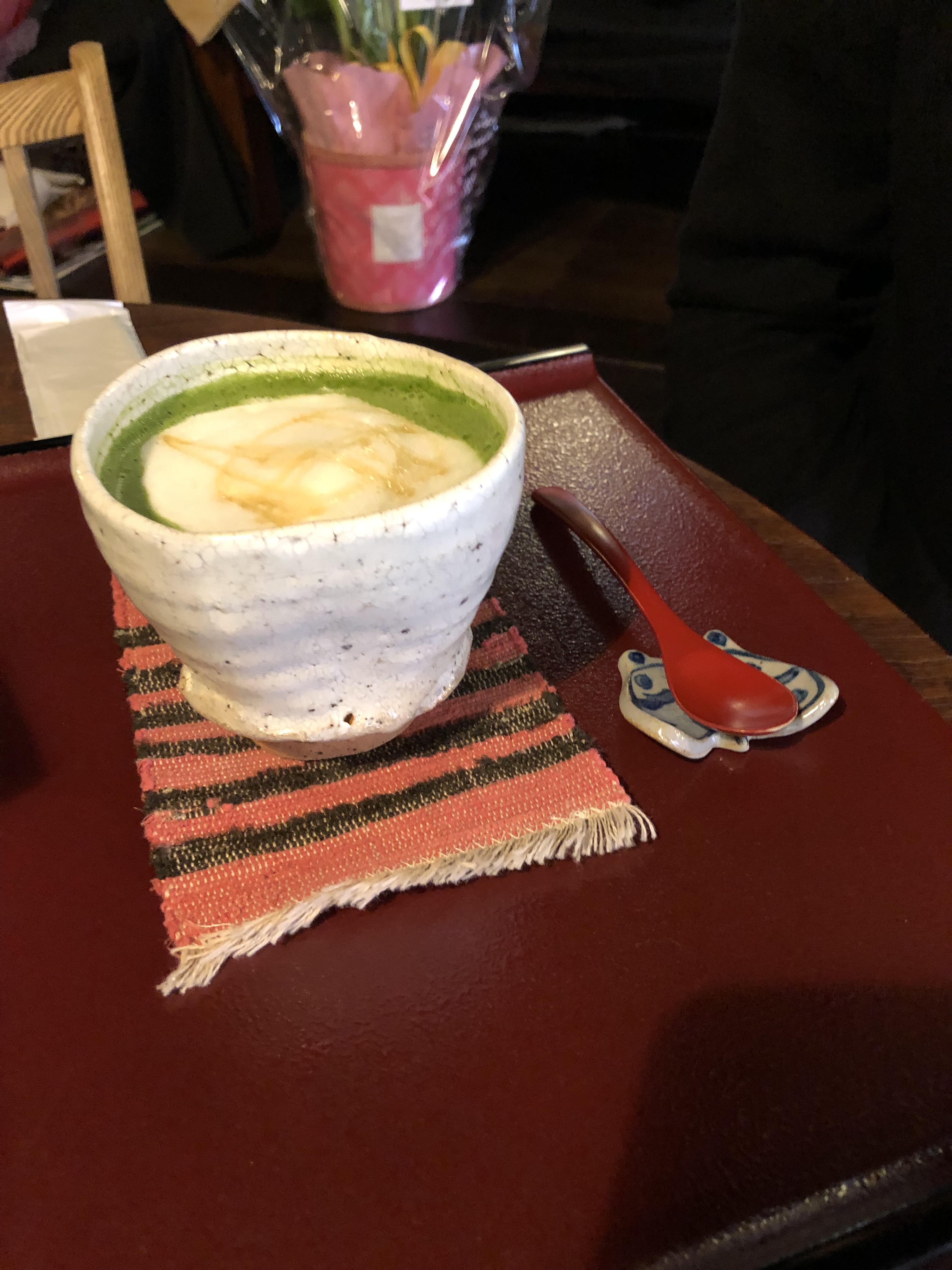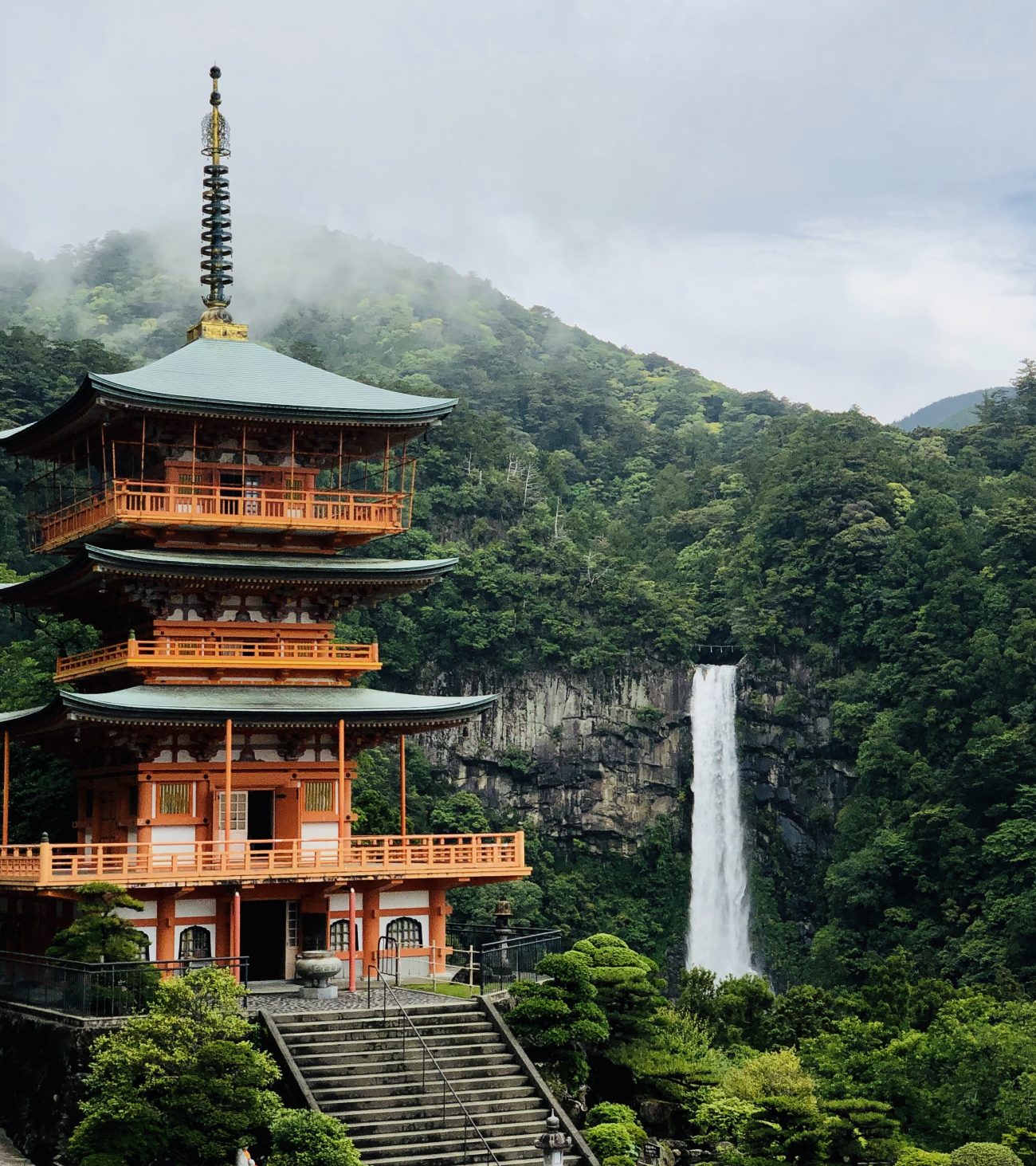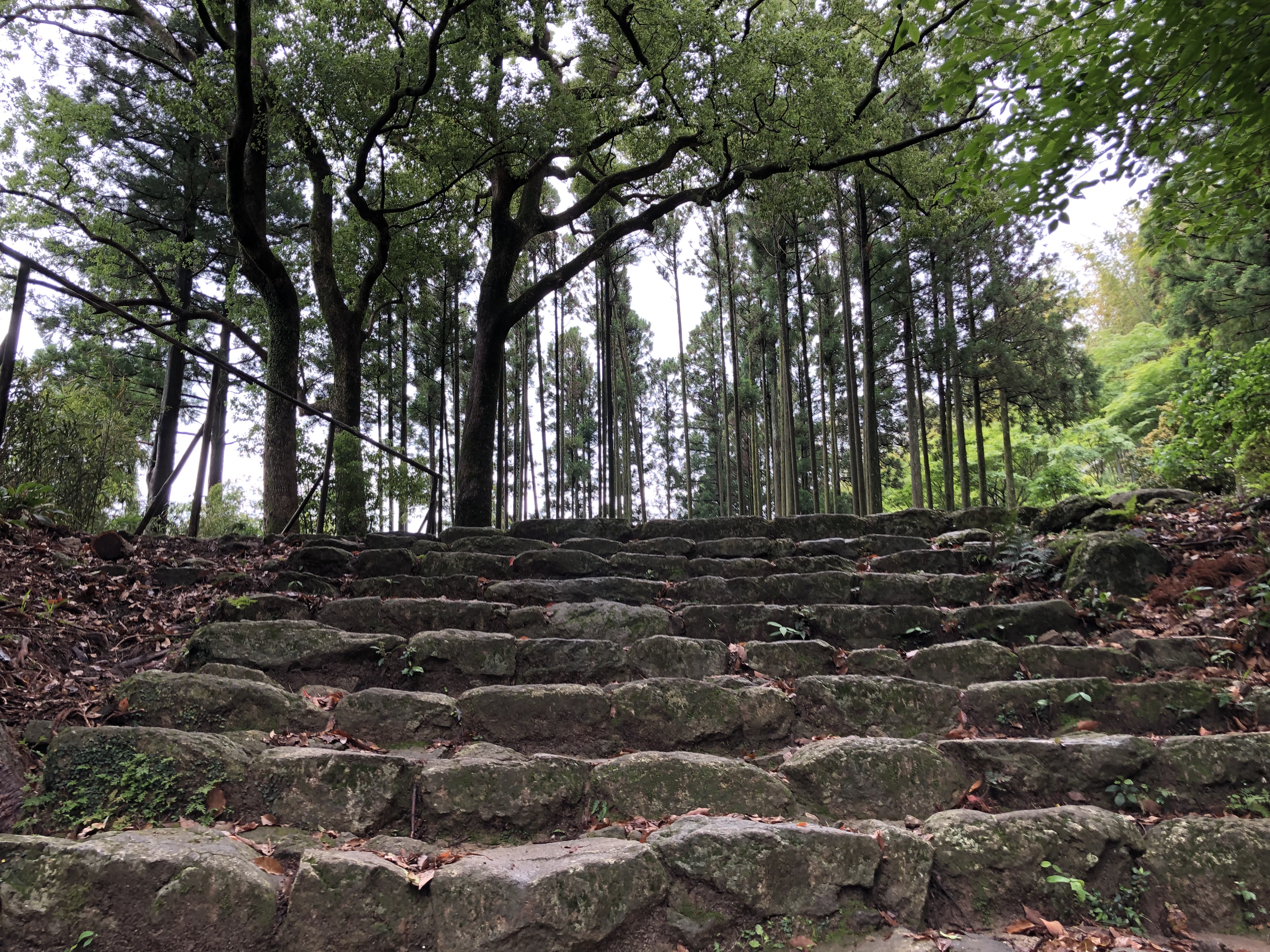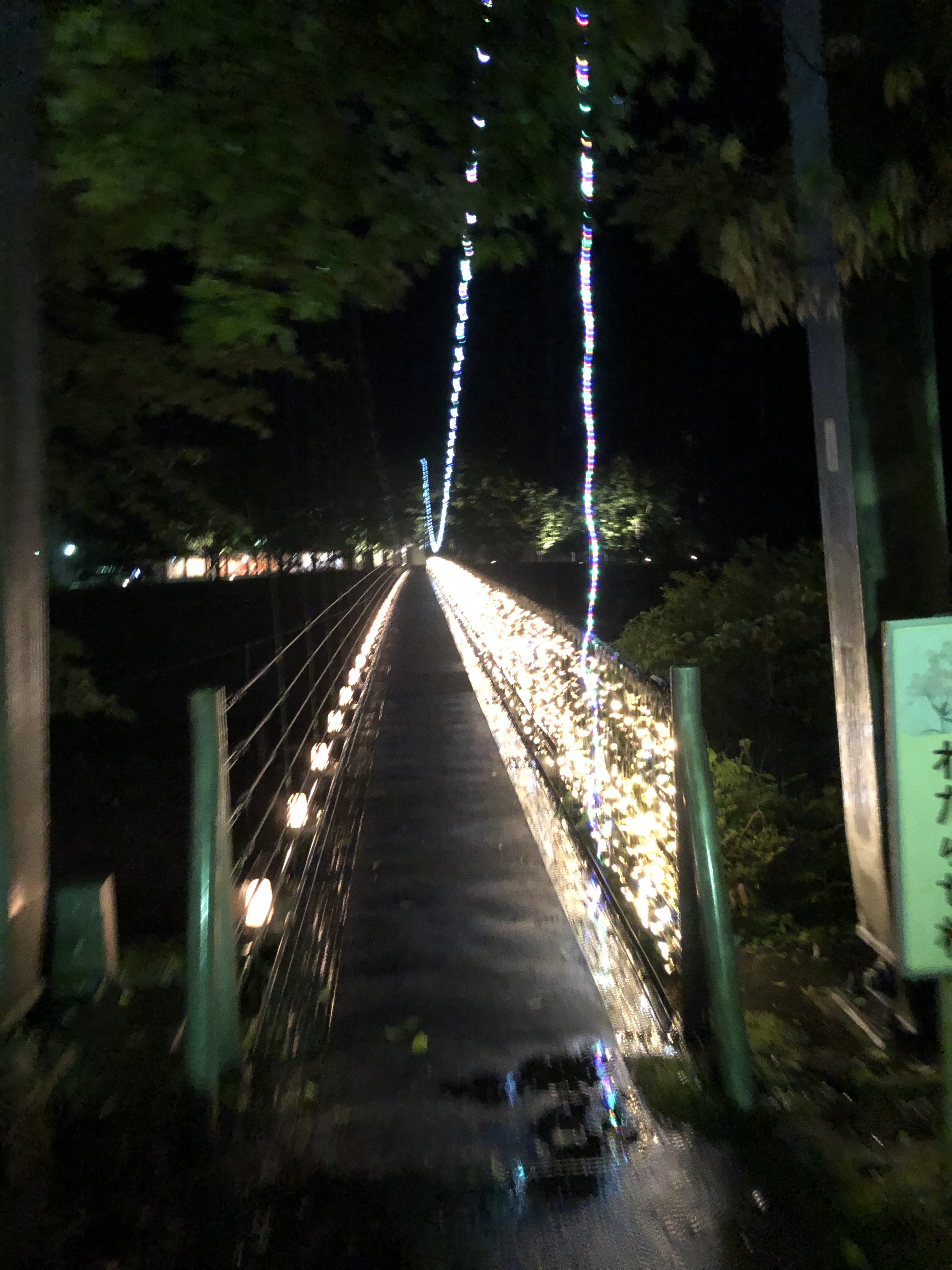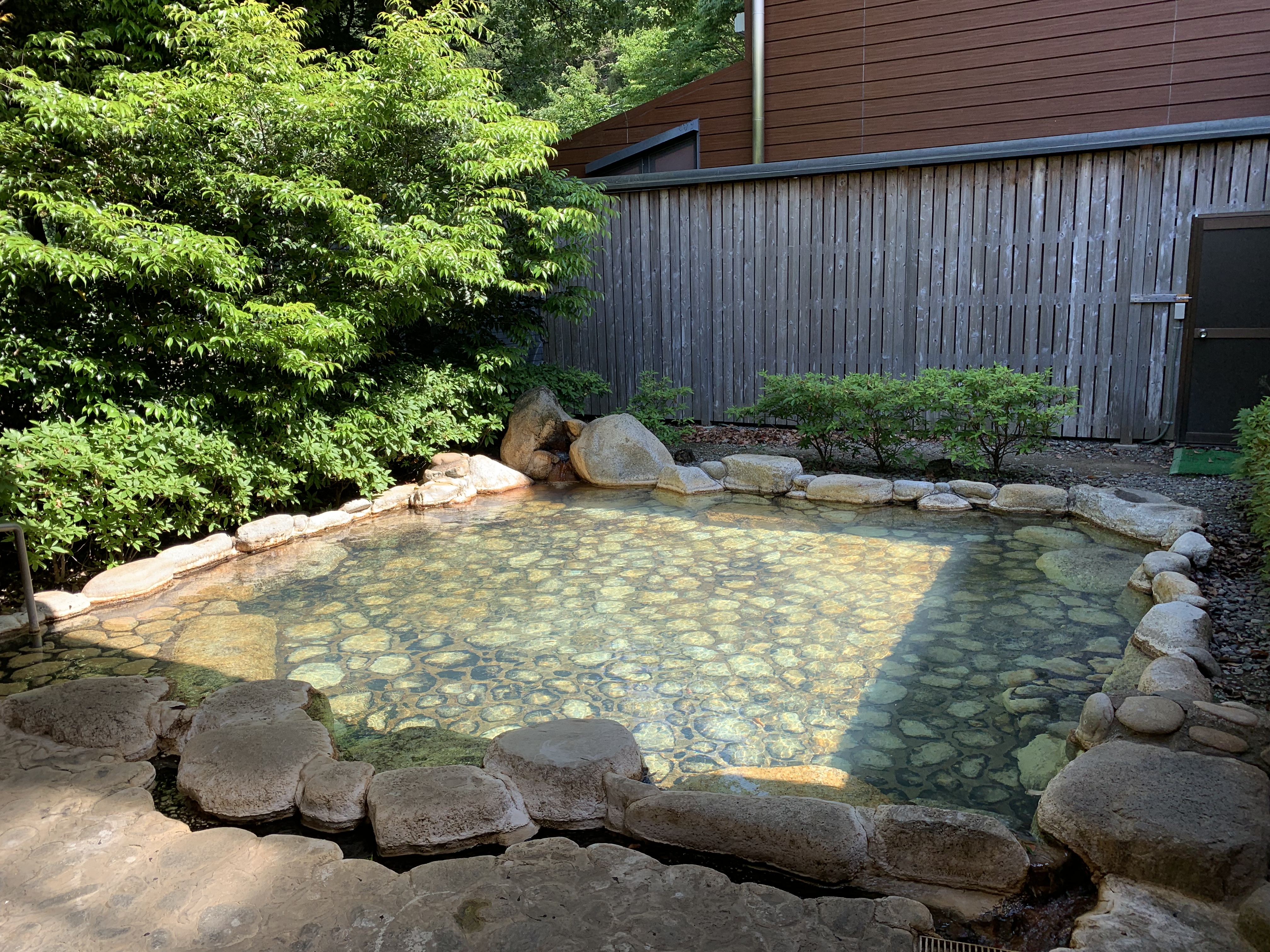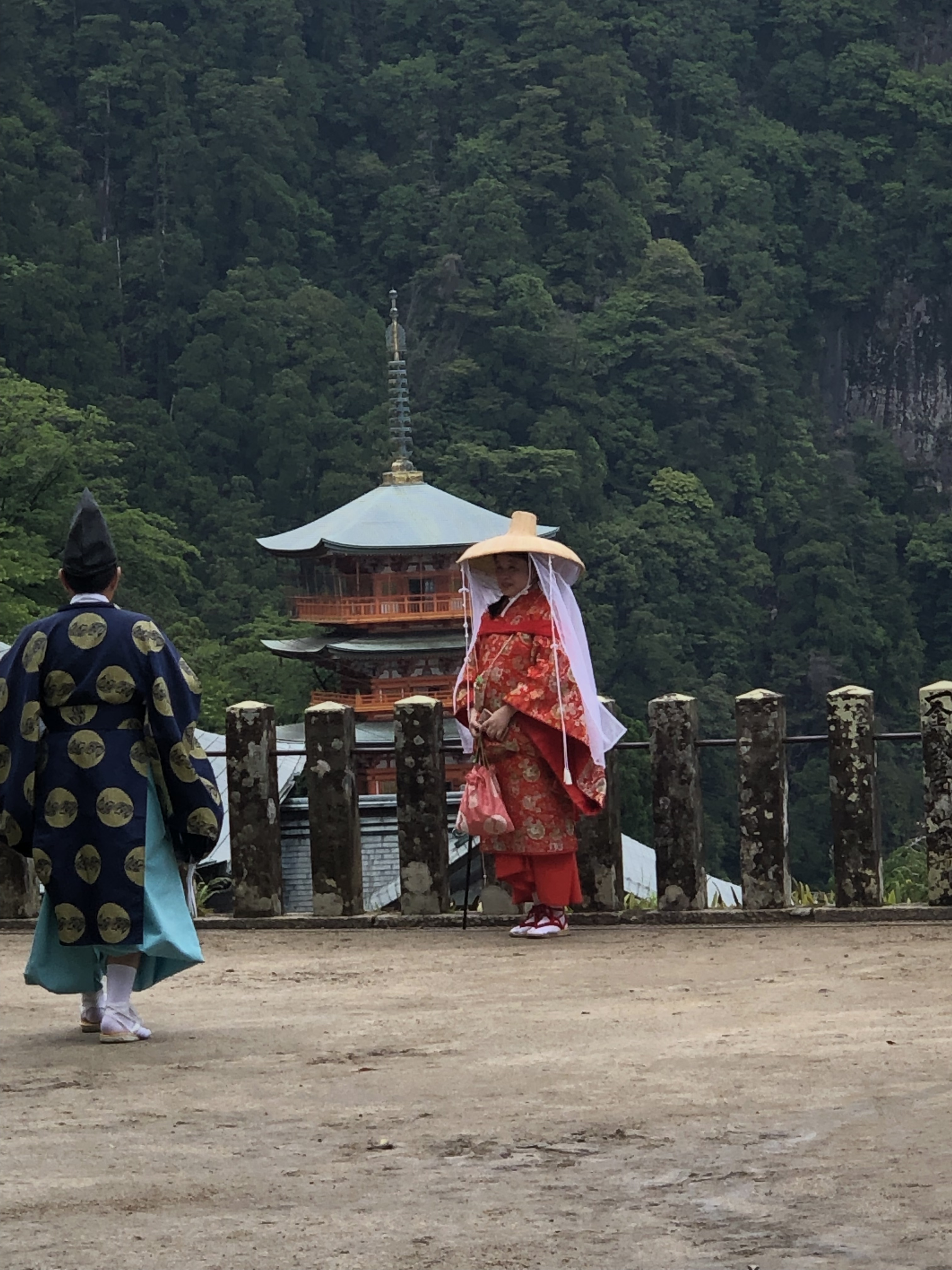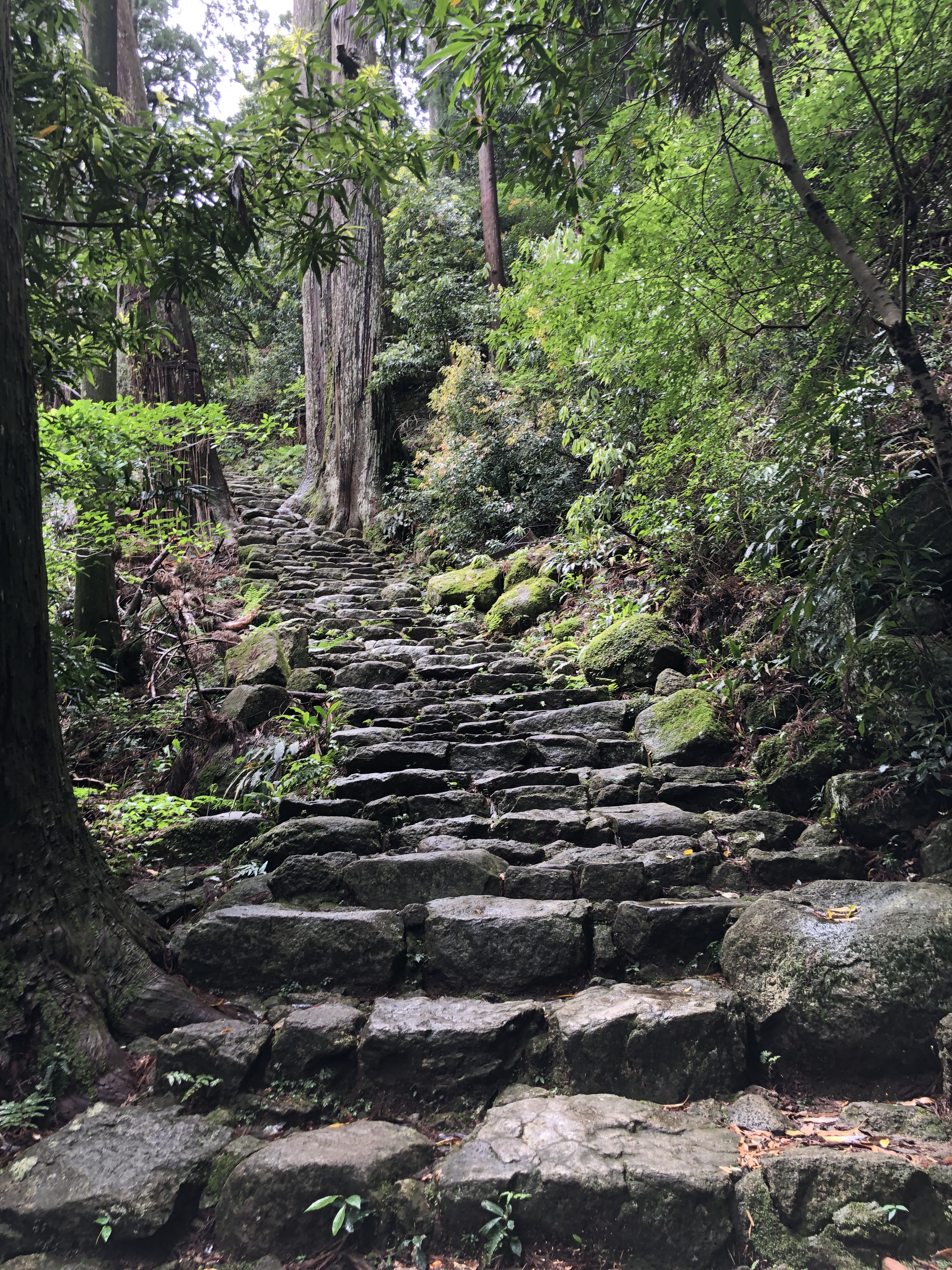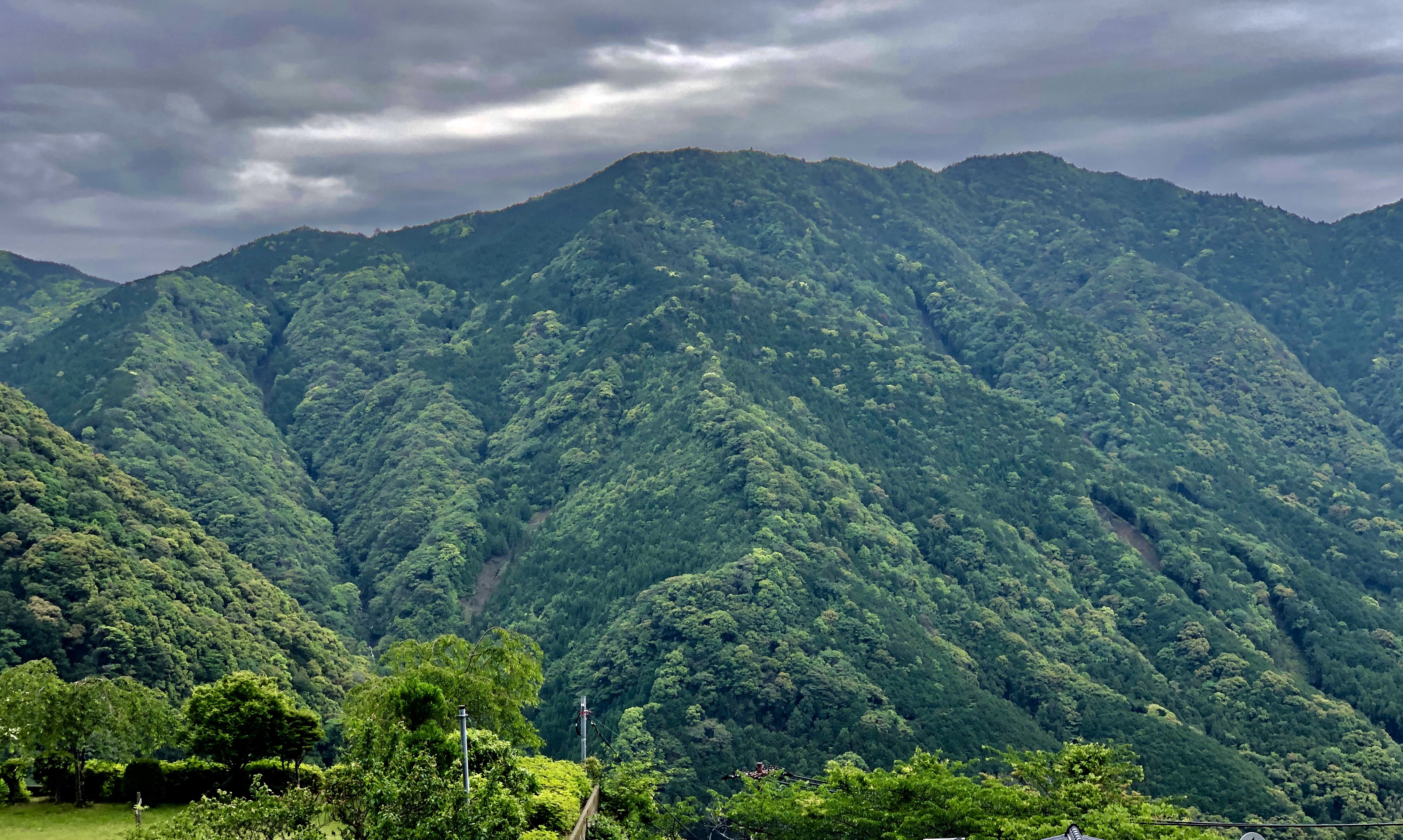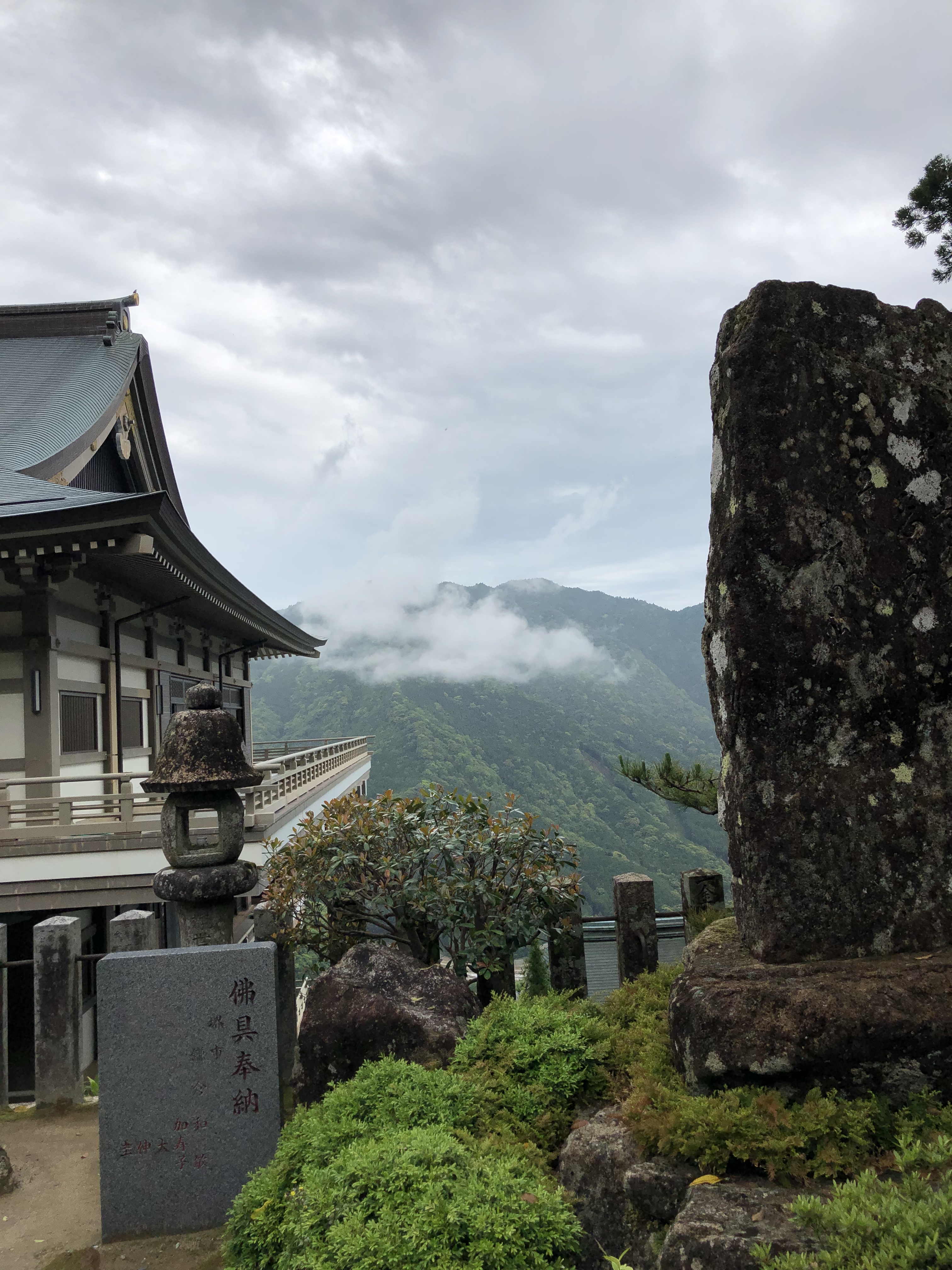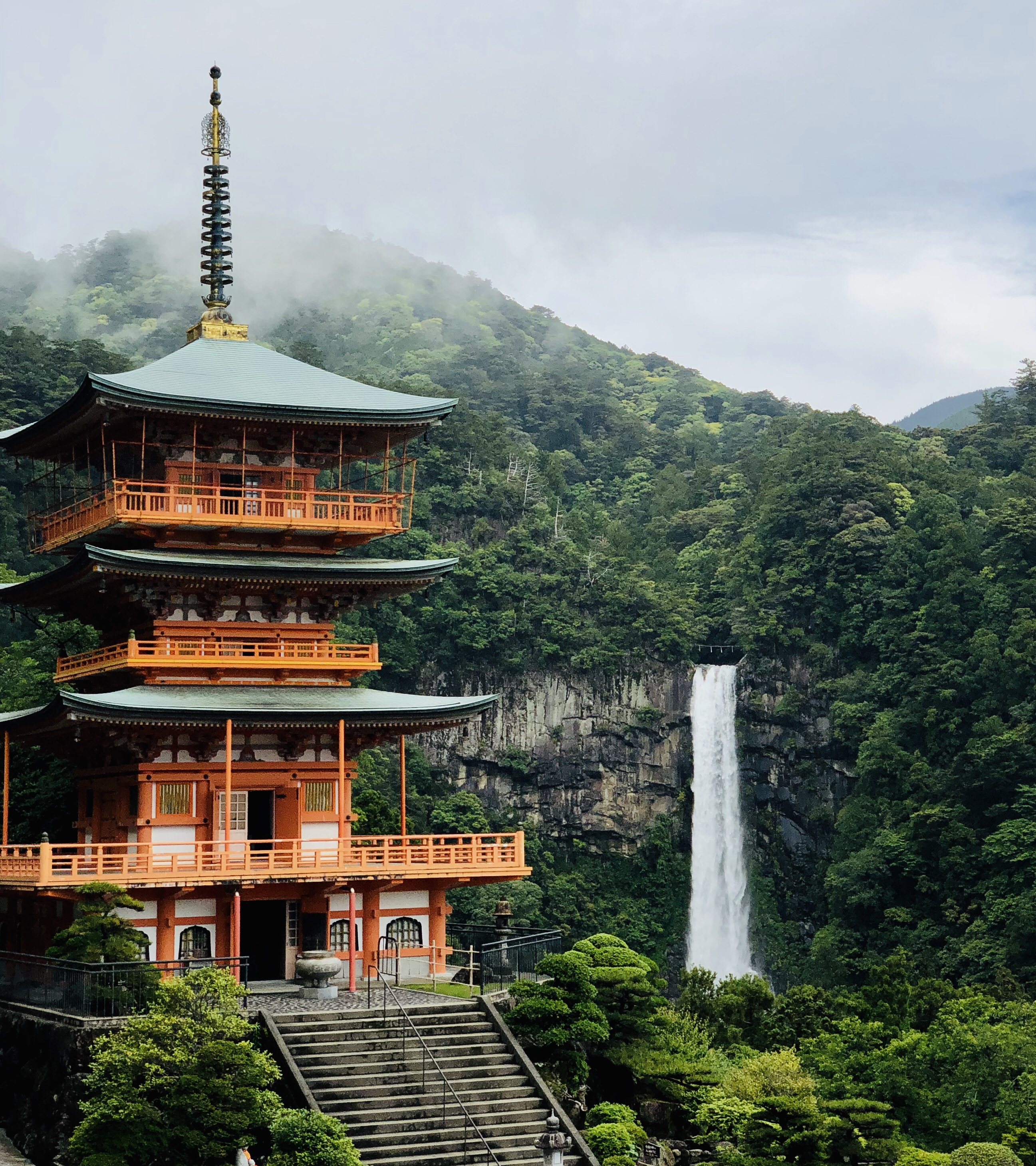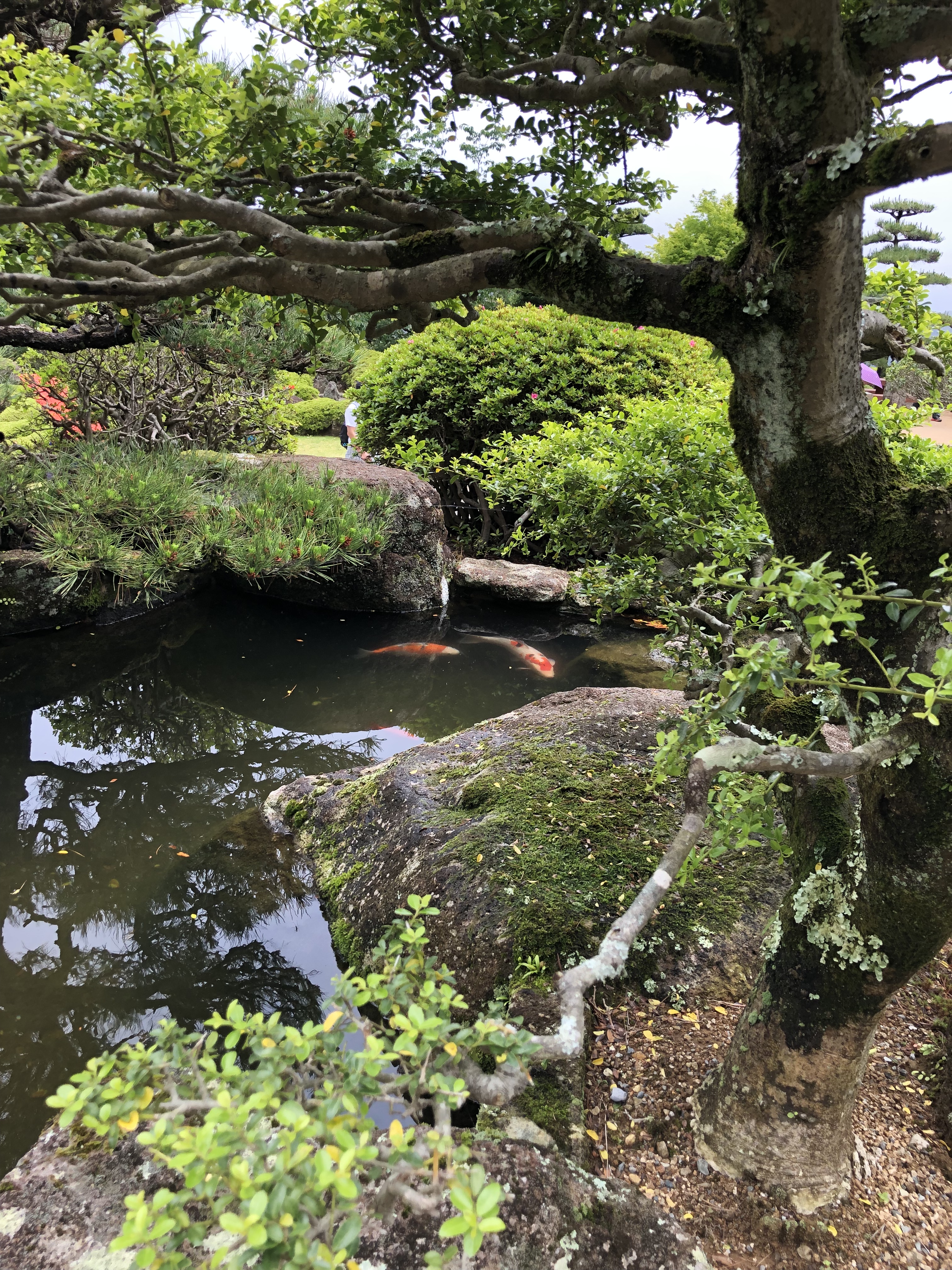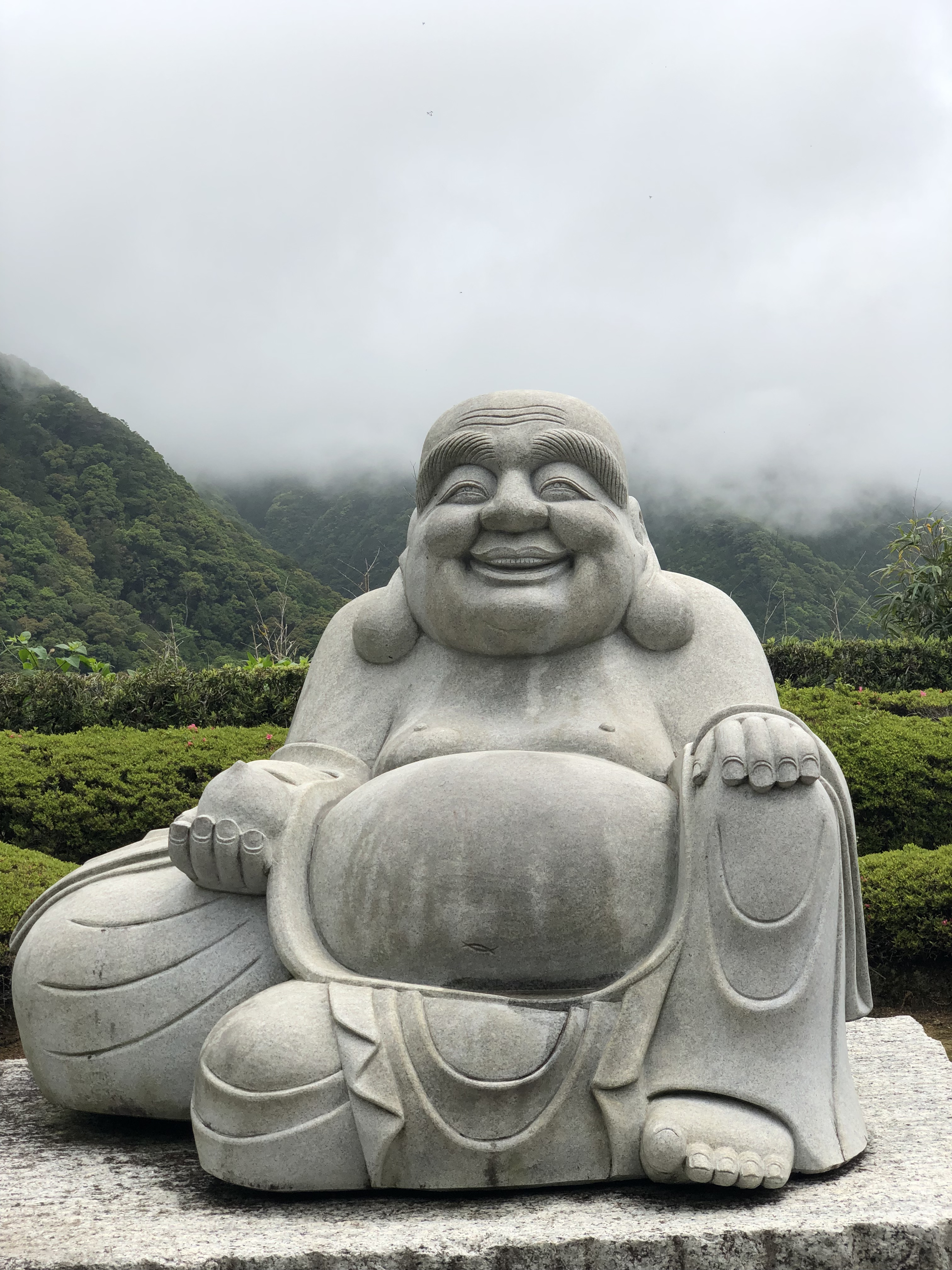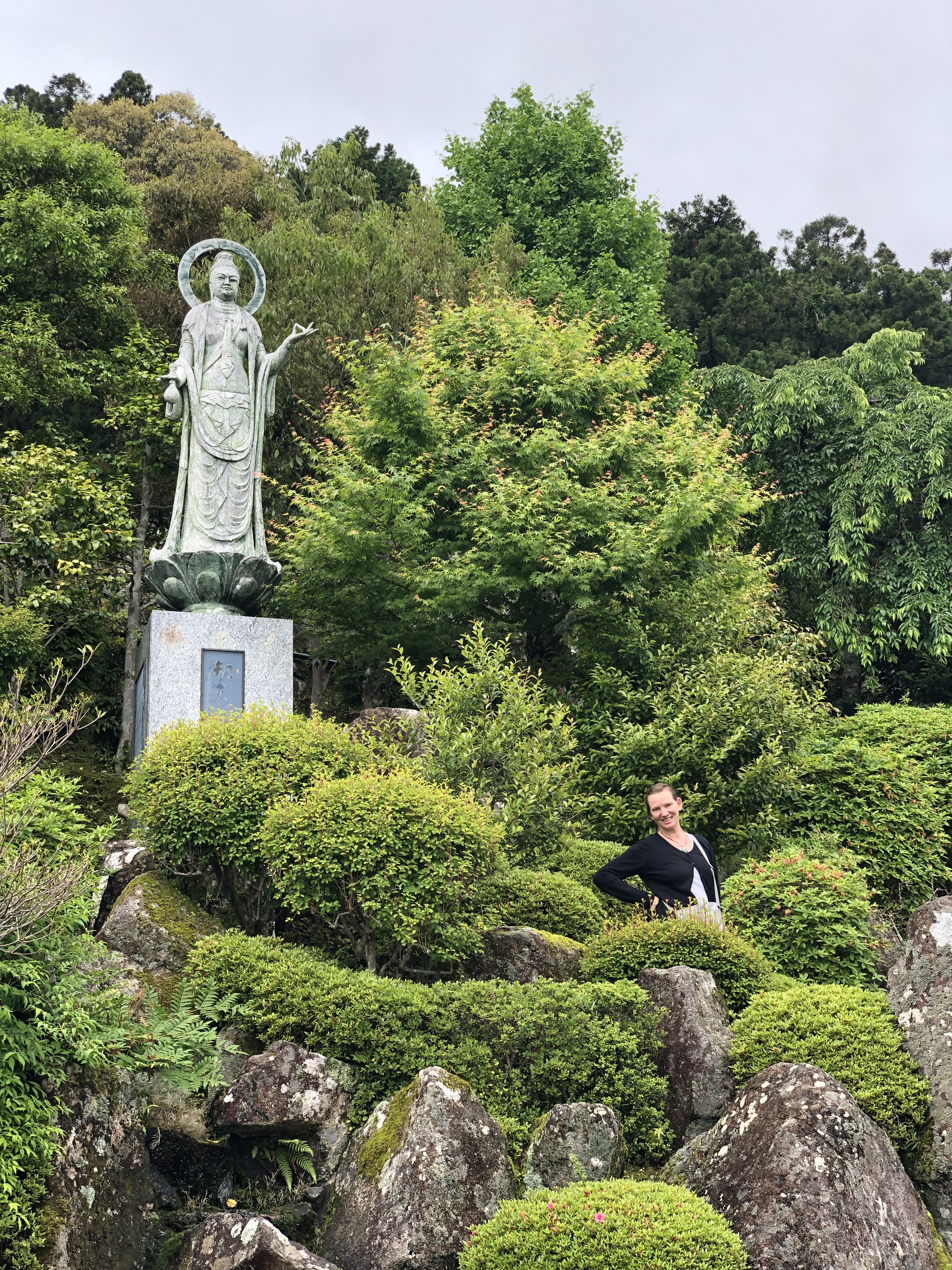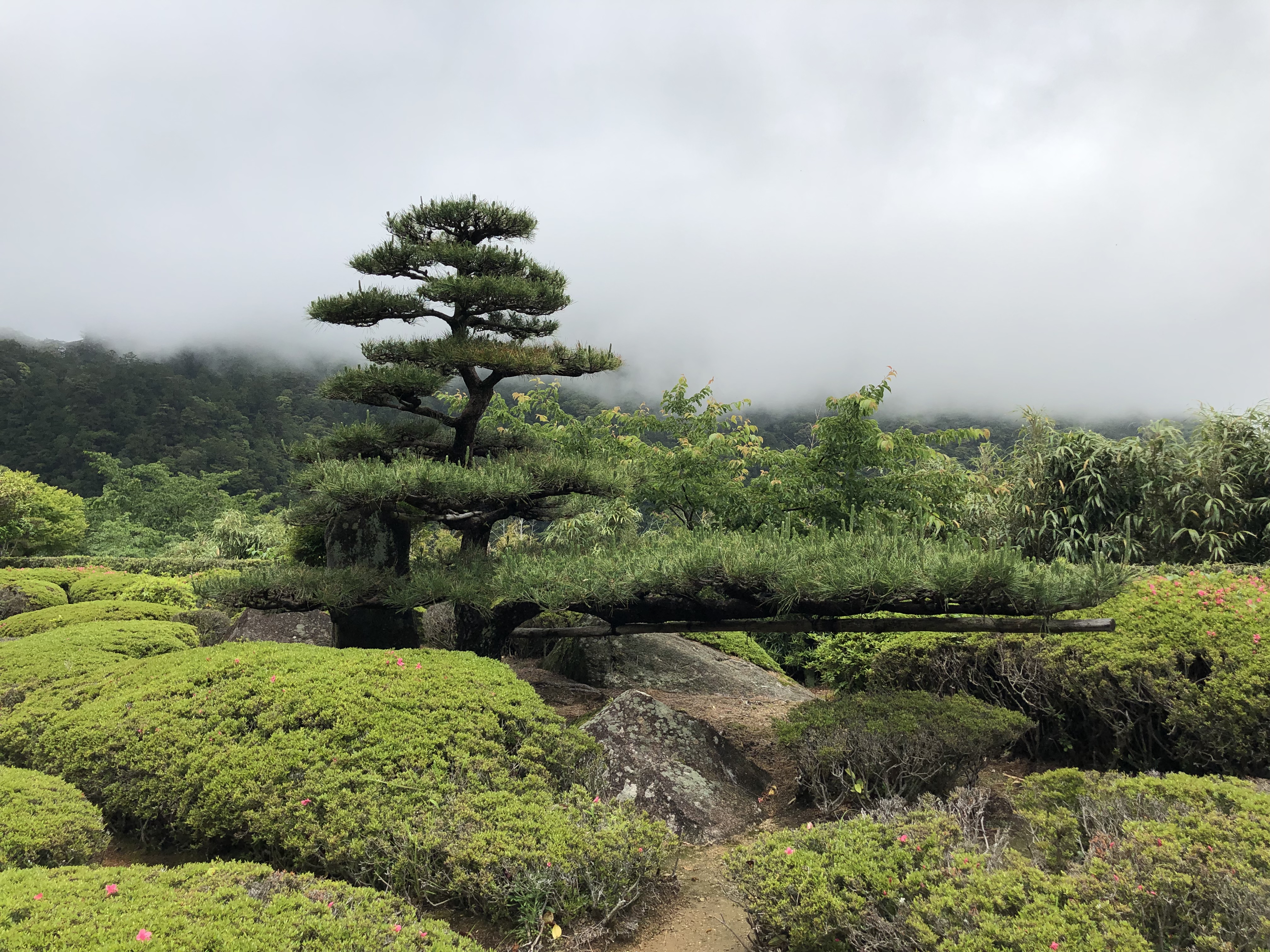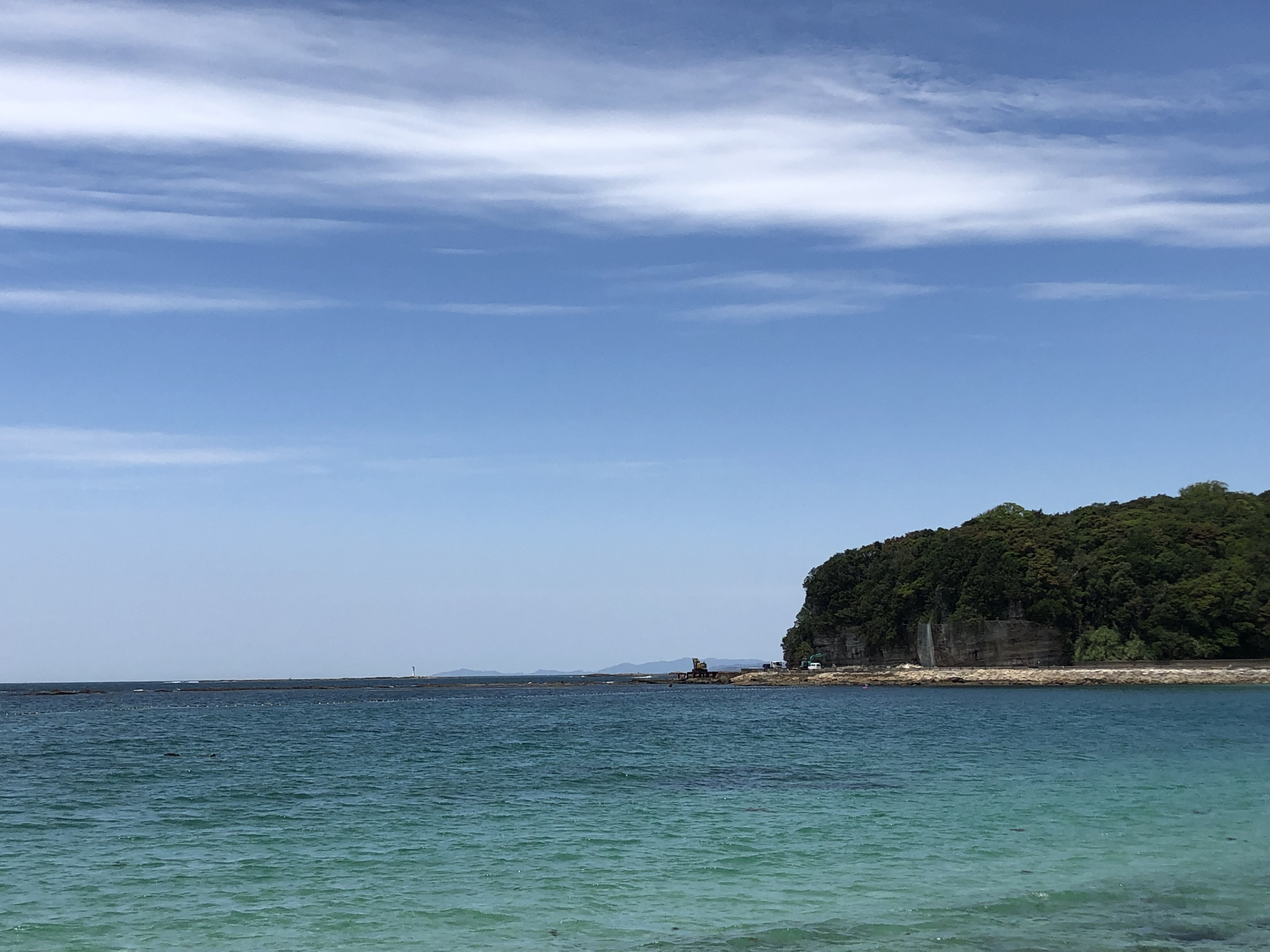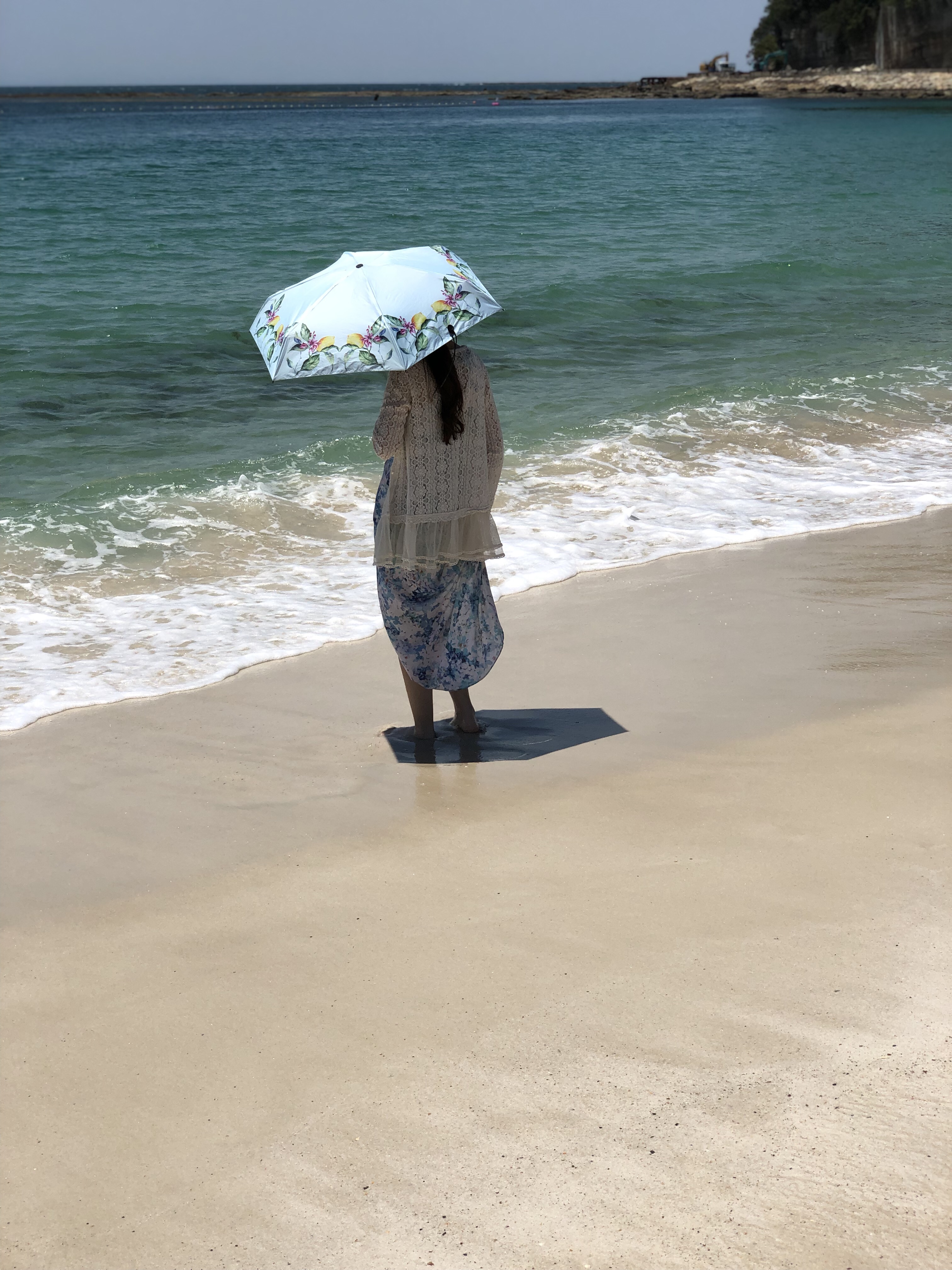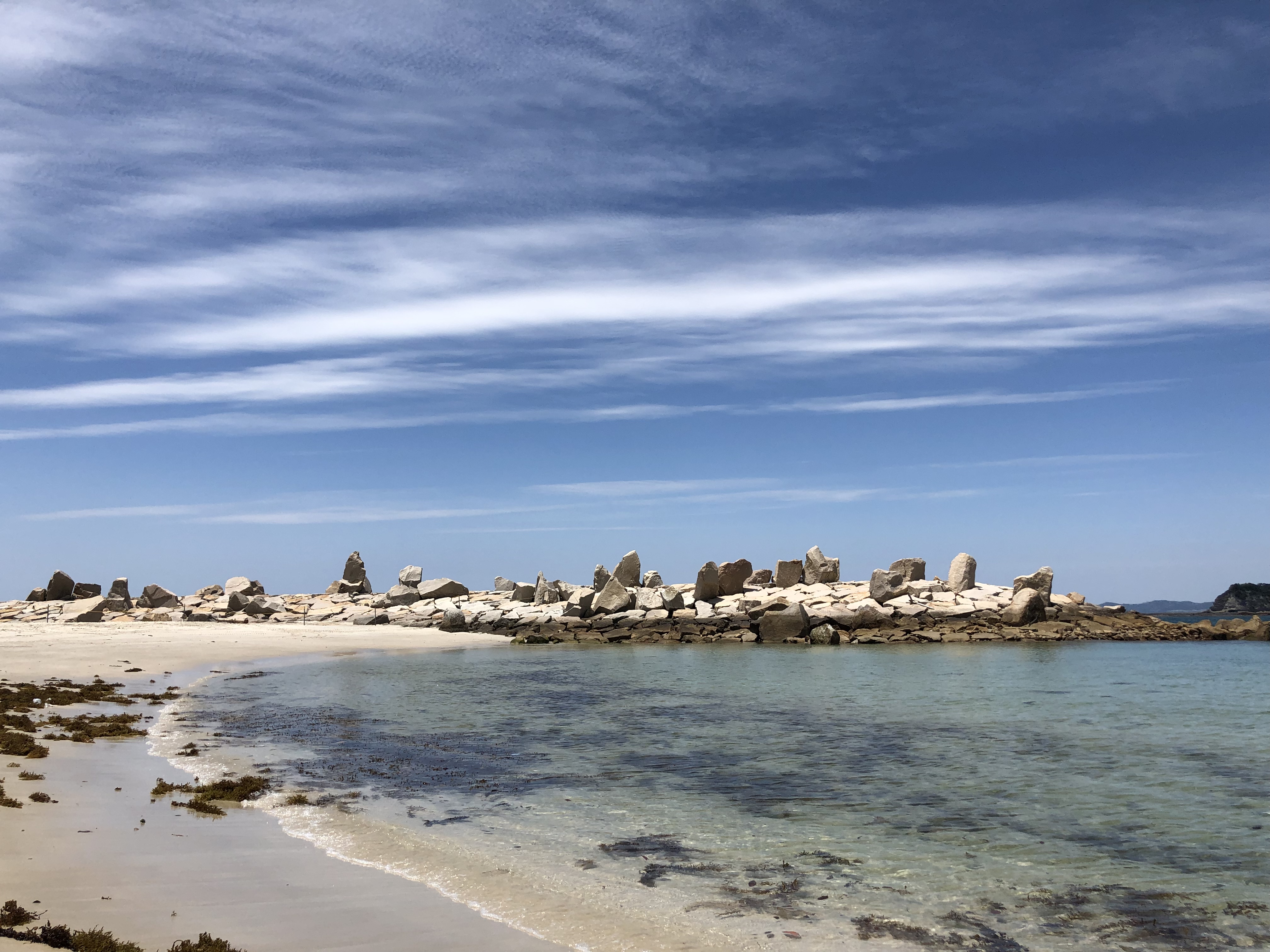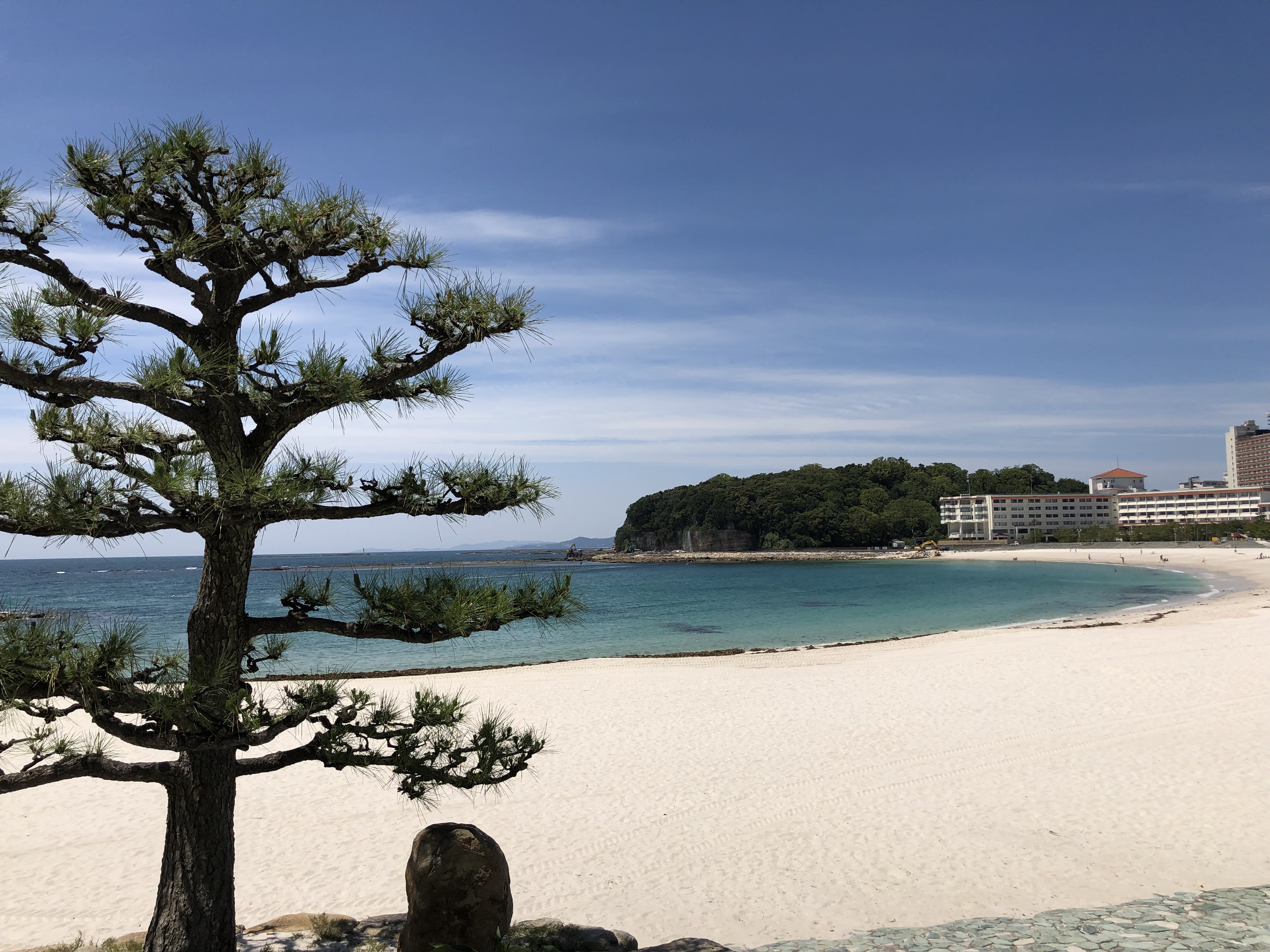From Magome to Tsumago along the Nakasendo
Shimazaki Toson opens his epic novel Before the Dawn with this description: “The Kiso Road lies entirely in the mountains. In some places it cuts across the face of precipice. In others it follows the banks of the Kiso River, far above the stream. Elsewhere it winds around a ridge into another valley. All of it runs through dense forest.”
The eleven post towns of the Kiso Road are scattered along the bottom of the valley. They are among 69 that make up the Nakasendo Way, one of the old routes between Kyoto and Edo (Tokyo) established during the Edo Period (1603 to 1868) as a communication and transportation network so the shogunate could stabilize and rule the country. It was the favored route of the Imperial family, and each post town played an important role in moving, feeding and housing travelers along the way.
Today, the entire Kiso Road can be walked in a few days, but many, like us, choose a more manageable 7.8km segment from Toson’s birthplace of Magome to Tsumago. When you walk this part of the road, you can bring your luggage to the tourist office in either town by 8:30 am, and it will be delivered to the other town by 11:30 am. This gives you a chance to spend a night in both towns.
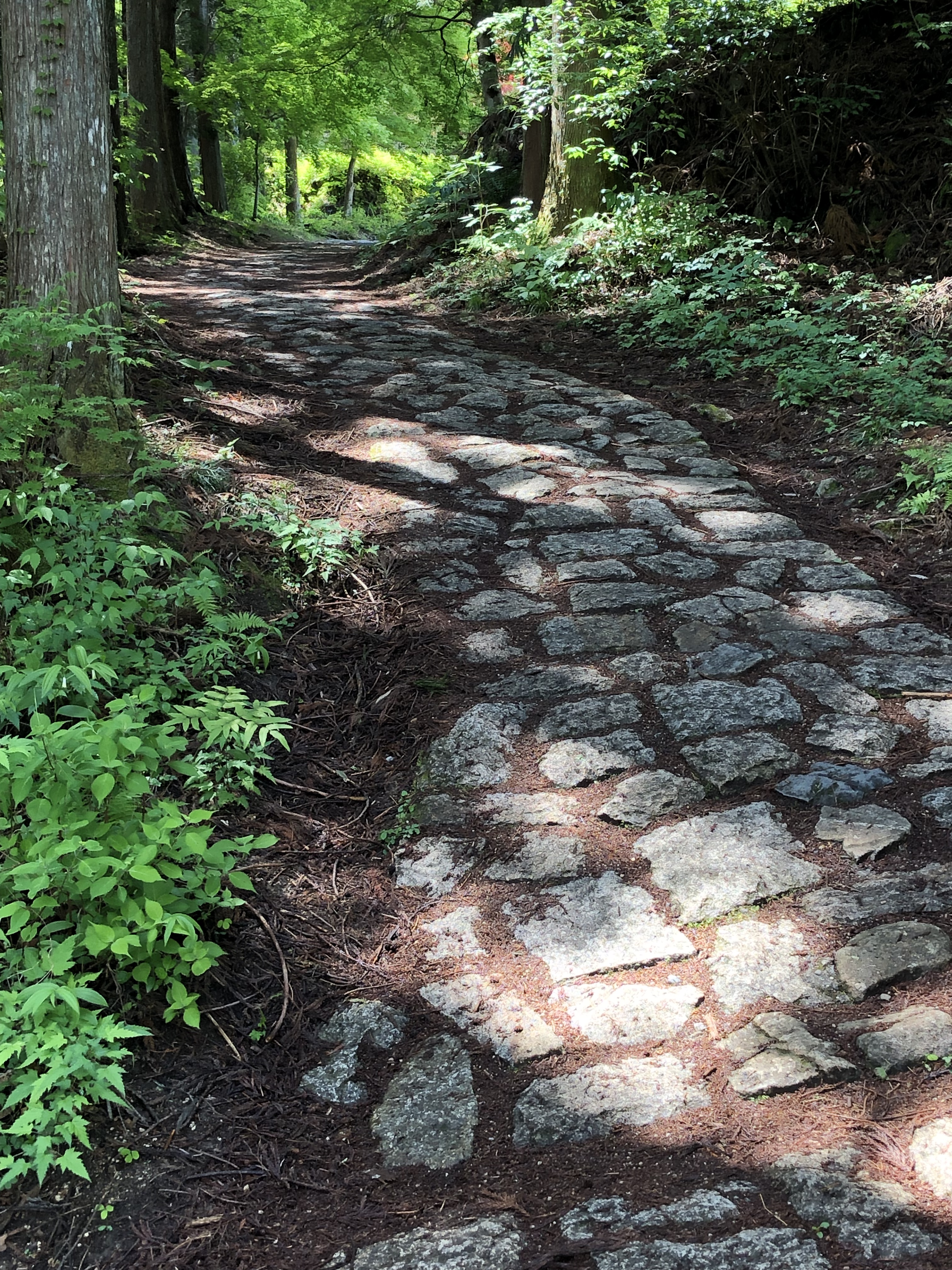
Magome
We set out from Magome, which lies at the bottom of the Kiso Road, at 8 am. We followed the quiet road along a picturesque stone surface, uphill past a waterwheel, Towson’s birthplace and dozens of restaurants and shops that had yet to open for the day.
By the time we walked the 100 meters through the small town, we were able to enjoy a view that was a sign of the beauty to come.
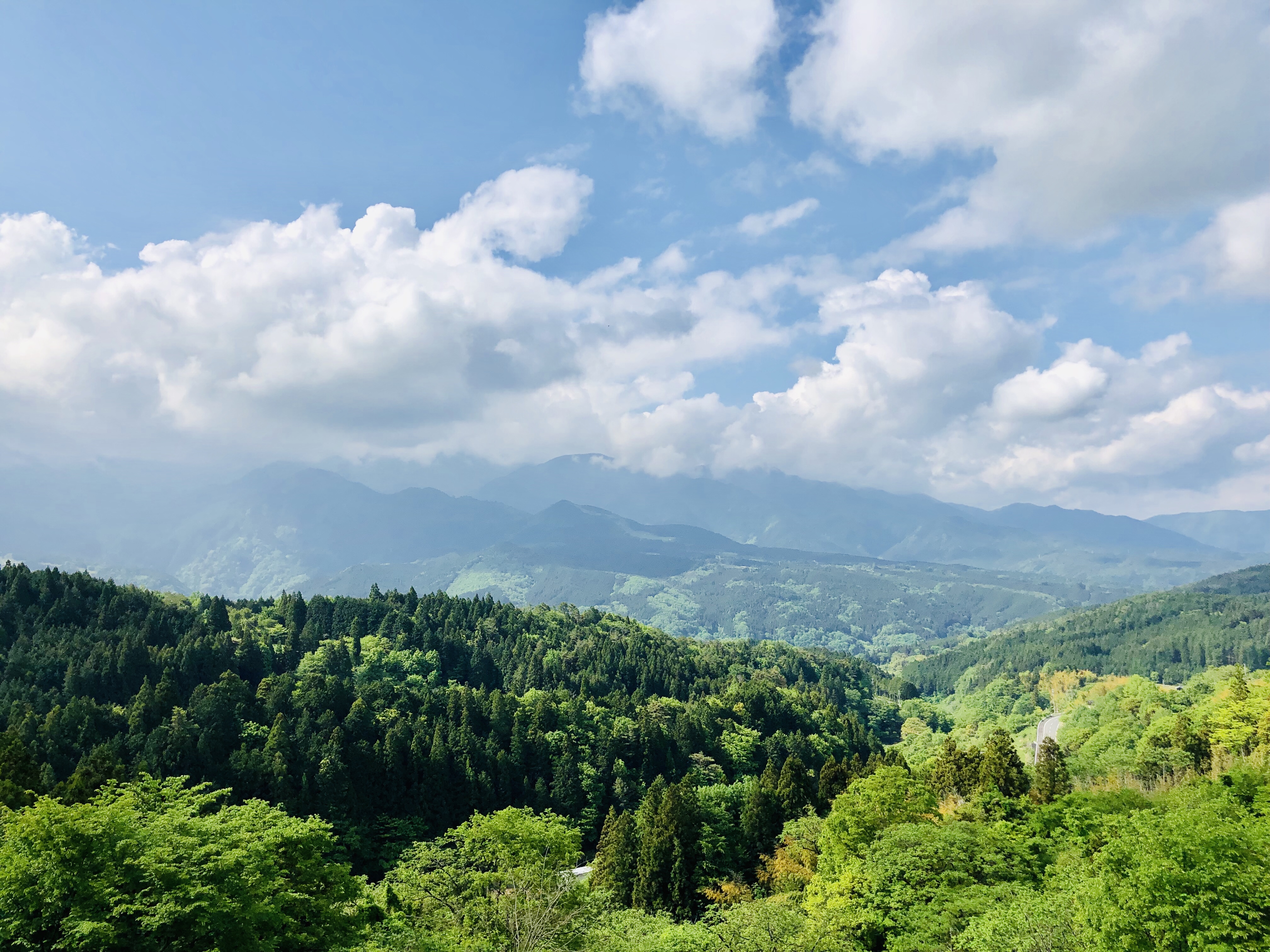
We encountered a handful of people but usually had the road to ourselves, climbing stairs, following paths and always looking for signs pointing us in the right direction (and bells to ward off the black bears). We passed bamboo grooves and rice paddies, crossed streams and watched hawks circling slowly overhead.
About halfway, we came upon a tea house where a fire was burning and a handful of travelers from around the world were gathered around a table, resting, sipping tea and exchanging stories.
From the tea house, we continued climbing upward through densely wooded areas to more dramatic views, at times on a dirt path and at others a stone one. We passed several small shrines, and as we approached Tsumago, we emerged from the forest and followed a path to the end of our walk.
Tsumago
Reaching Tsumago, though, did not seem like the end of the road. The town has been restored to look as it did during the Edo period, with beautiful two-story buildings of dark wood and wood-slatted windows and no overhead power lines. After a stroll through town we headed to Ko Sabo coffee shop where the owner, who spoke some English, greeted us enthusiastically and entertained us with her conversation and wonderful laugh. It also exhibits and sells art.
While we considered walking back to Magome, the skies were darkening, so we chose to take the bus. This gave us a chance to visit Toson’s birthplace and stop for an espresso and matcha latte at just another wonderful Japanese coffee house.
We read that you find Japan’s magic in the mountains, and our visit to the Kiso Valley made us understand why.
Where to Stay: The Kiso Valley is about halfway between Kyoto and Tokyo, and we made a three-hour drive from Kyoto. Once we left Kyoto, we used either Rakuten Travel or Japanican to book lodging, and both were reliable and easy to use.
We booked late so could not stay at any of the small, traditional ryokan or minshuku in Magome or Tsumago, but found the Hotel Hanasarasa in Nakasugawa, just a few miles from Magome. There we enjoyed our first onsen, the Japanese hot spring baths we had heard so much about. We emerged with our bodies revitalized. In the morning, it took only a few minutes to get to Magome, where we parked in a lot right next to town.
Driving in Japan: We rented a car from Toyota Rental Car in Kyoto and followed two simple rules that are essential: Make sure the car has an English speaking GPS and an ETC card for tolls. We had requested both, but if we had not checked when we arrived, we would have left without the ETC card, which looks like a credit card that they inserted in a box in the glove compartment.
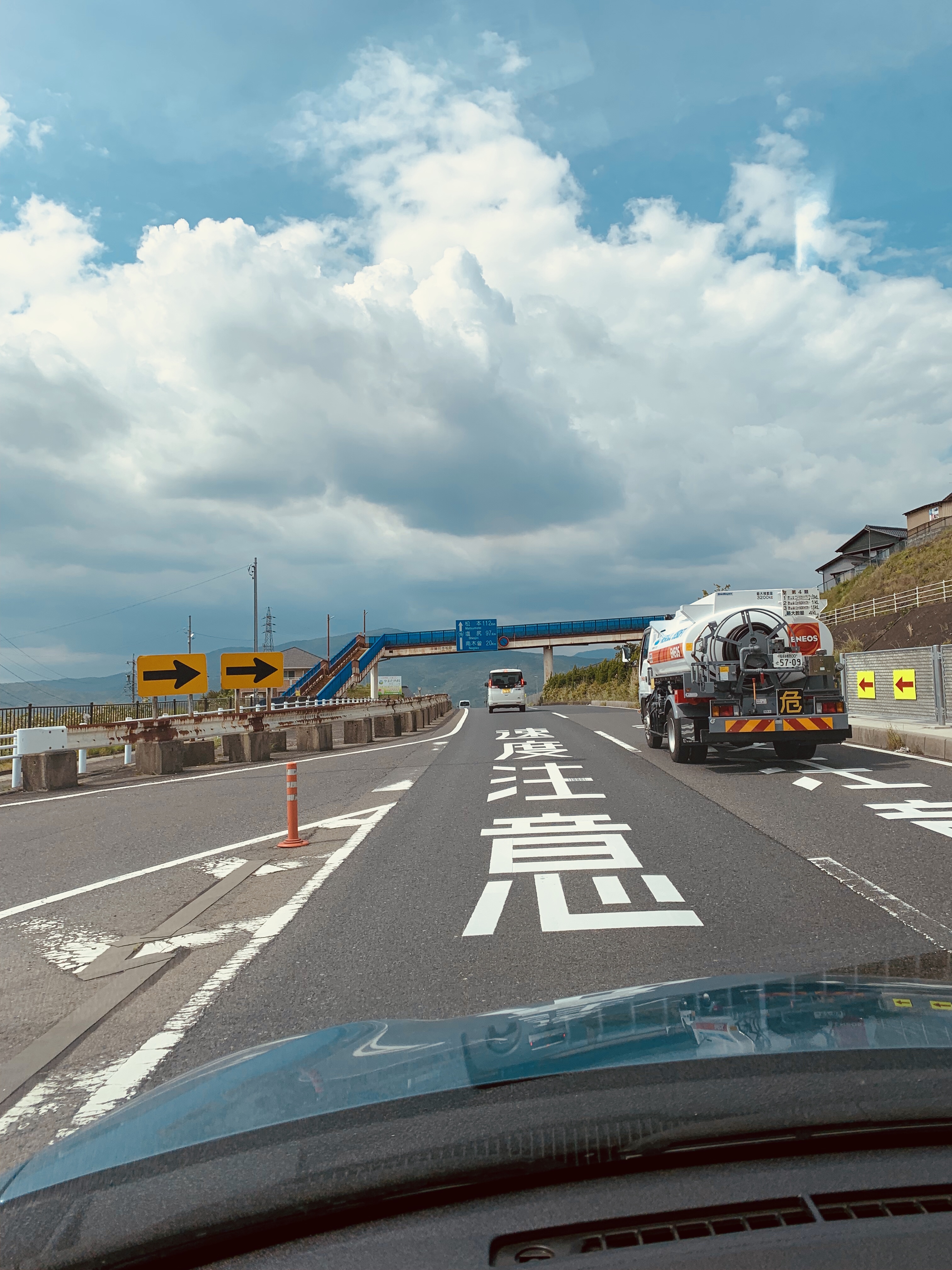
Next Up: Staying at a Buddhist Temple in Koyasan
From Mr. Koya, we headed south to the Kumano Kodo (Kumano Old Road). This ancient pilgrimage route is a network of wooded trails, some UNESCO-protected, that is steeped in Shintoism, which predated the introduction of Buddhism to Japan in the mid-6th century.
We stayed in Hongu, a midway point along the route, for two nights. Heavy rains blanketed the area when we arrived at the Watarese Onsen hot spring resort, part of a three-hotel complex. The highlight was a set of large outdoor, private onsens that we reached by walking over a narrow suspension bridge that was lit at night. It was mid-May, but not busy at all, and a relaxing soak was just what we needed after the drive–and several times after that.
Nachi Taishi Shrine and Seinganto-ji Temple
The next morning (with rain threatening) we drove east to Shingu and then inland to Nachi Taishi, one of the primary destinations along the route. Parking was easy, the crowds were light, and we walked a short, but beautiful stretch of one of the Kumano Kodo paths to the Nachi Taishi Shinto shrine and the Seinganto-ji Buddhist Temple.
Mist covered the mountain peaks as we continued on to the three-storied pagoda, resting near the Nachi-no-Taki waterfall, the tallest in Japan. The pagoda is the first “etiquette place” of the pilgrimage around the 33 holy places in the area, and it was a sight we had anticipated seeing for months.
Around the pagoda was a koi pond, gardens, buddhas and a stone picnic area. The few people there all magically vanished when we sat to have our lunch, as if the Shinto gods wanted us to have a peaceful meal. Seated along the mist-shrouded garden with the pagoda and waterfall before us, we had just that experience.
Saying Good-bye at Shirarahama Beach
Our visit to Japan was coming to an end, and we left the mountains and drove to our hotel near Kansai Airport, where we planned to take the train into Osaka to get a taste of the big city. Instead, we drove past Tanabe to Shirarahama Beach for a relaxing afternoon with turquoise water and white sand.
The sky was beautiful all day, and before we left, a horizontal rainbow appeared. We learned later it’s called a fire rainbow, which we captured just before it faded. It seemed to be Japan’s way of saying good-bye.
